
Return to - the Ancient Parish of Standish Return to mylesstandish.info. Coppull Village Lancashire.

2. BLAINSCOUGH - Worthington Family.
3.Bogburn Hall - Haydock Family.
The Manors of Coppull and Chisnall within the -
Ancient Parish of Standish Lancashire England.
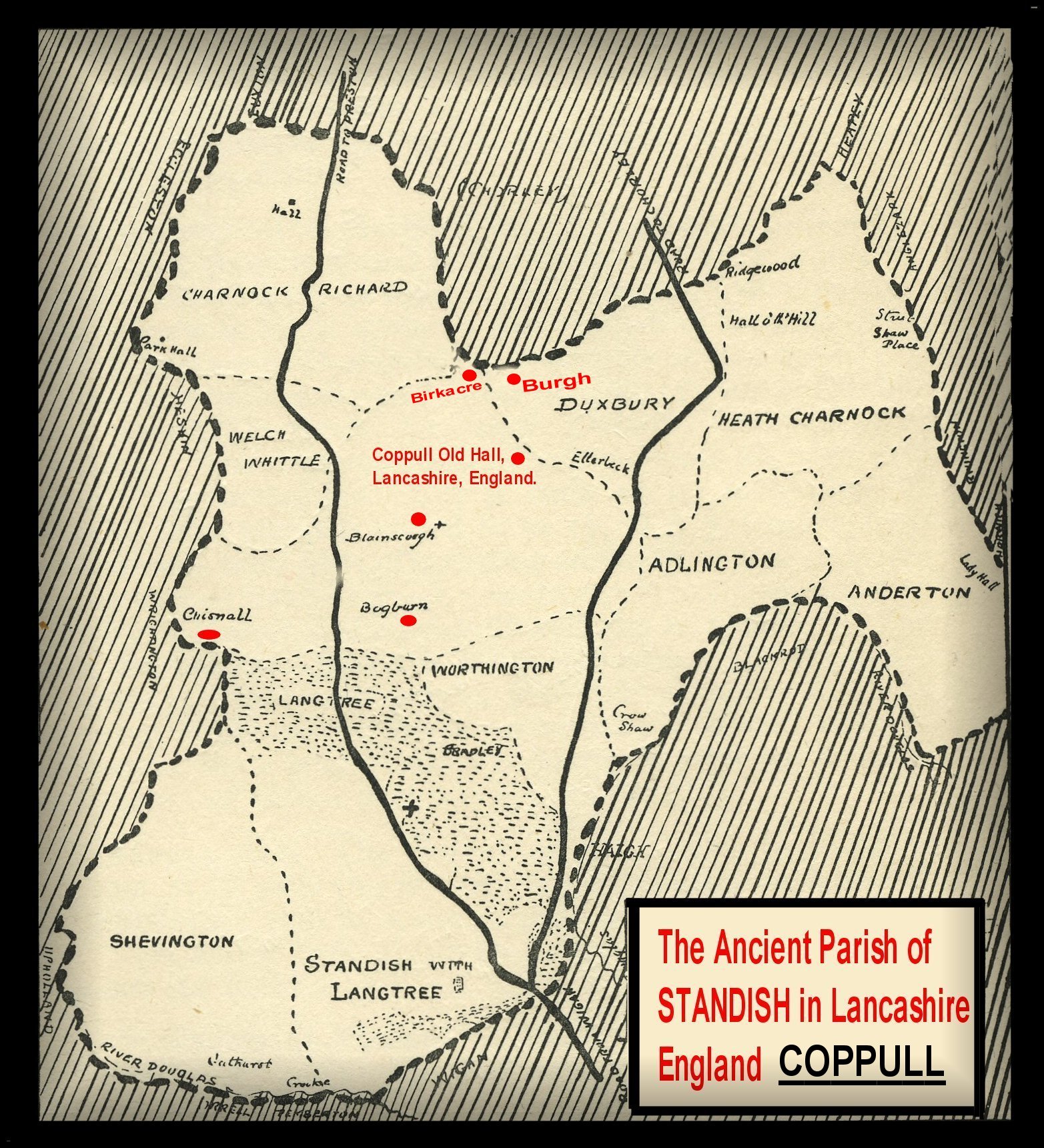
Cophull, Cophulle, 1277; Copphull, 1351; Copthull, 1374; Coppull, 1444.
This township has the River Yarrow for part of its northern boundary, the southern being formed by the Buckow Brook, which divides Coppull from Langtree and Worthington.
Chisnall lies in the extreme western corner and Birkacre in the northern, while Blainscough lies between them.
The hearth tax return of 1666 gives a total of 121 hearths charged. The largest houses were those of Thomas Worthington, with fourteen hearths, Edward Dicconson ten, and Edward Chisnall eight. Next to this came William Crook's with five.
Roger Haydock, a zealous Quaker who was twice imprisoned at Lancaster, was born at Coppull in 1644 and died at Penketh, near Warrington, in 1696. The other celebrities of the township are two of the Worthingtons of Blainscough, one a Jesuit, the other a Dominican, and Edward Chisnall.
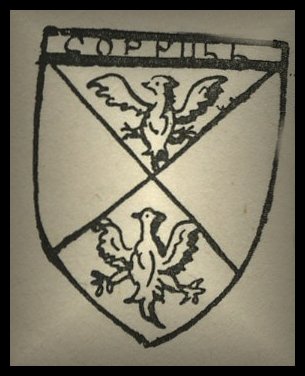
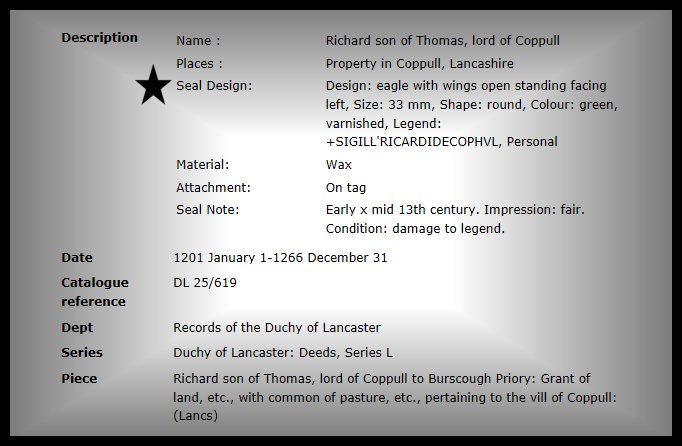
This township was originally a part of Worthington, and continued to be held of the Lords of the latter, but a Manor of COPPULL was granted to a family which assumed the local name.
Richard Lord of Coppull was one of the early benefactors of Burscough Priory, granting land called Perburn. But little is known of the family, which retained possession until the time of Edward IV, when the Manor was purchased by Sir Thomas Stanley, and descended with Lathom for more than a century.
A younger branch of the Coppull family ended in co-heiresses Isabel, who married William Nightingale, and Cecily, who married John de Charnock of the Bank in Charnock.

The Recusants Roll for the year 1628.

The Subsidy Roll for the year 1628.

In 1600 William Earl of Derby sold it to Edward Rigby of Burgh in Duxbury, in whose family it remained for some time.
In 1755 it was in the possession of a family named Livesey, and was in 1820 sold to John Hodson of Ellerbeck in Duxbury, and the estate descended from John Hodson to the trustees of the Lord Cardwell, who were the Lords of the Manor of Coppull.
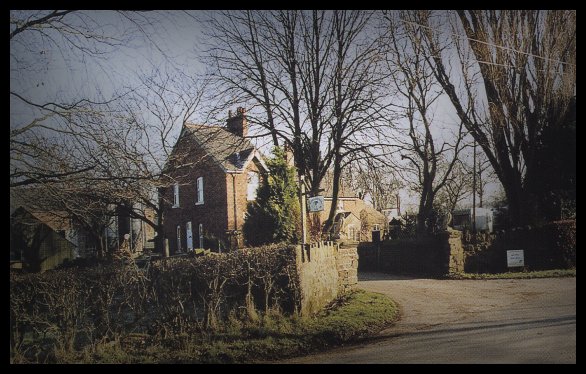
Coppull Old Hall.
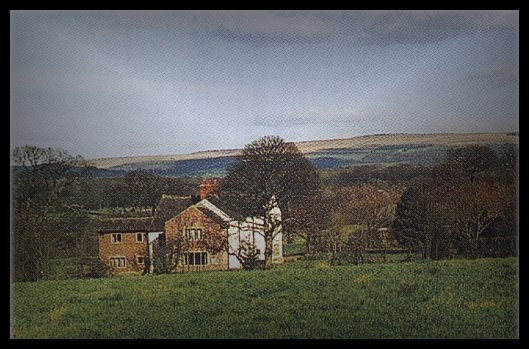
Coppull New Hall.
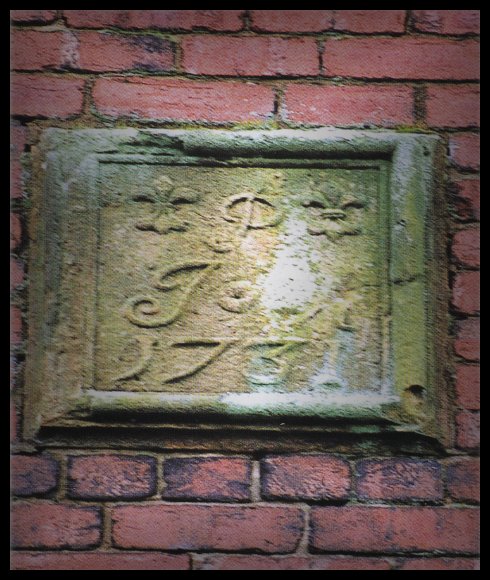
date stone 1731 - Coppull New Hall.
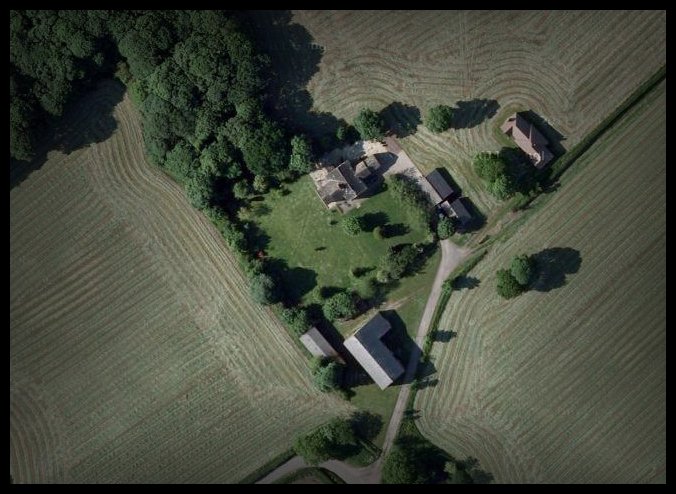
Coppull New Hall - 2011.
The Original Roll -Tenants in Coppull for the year 1588.
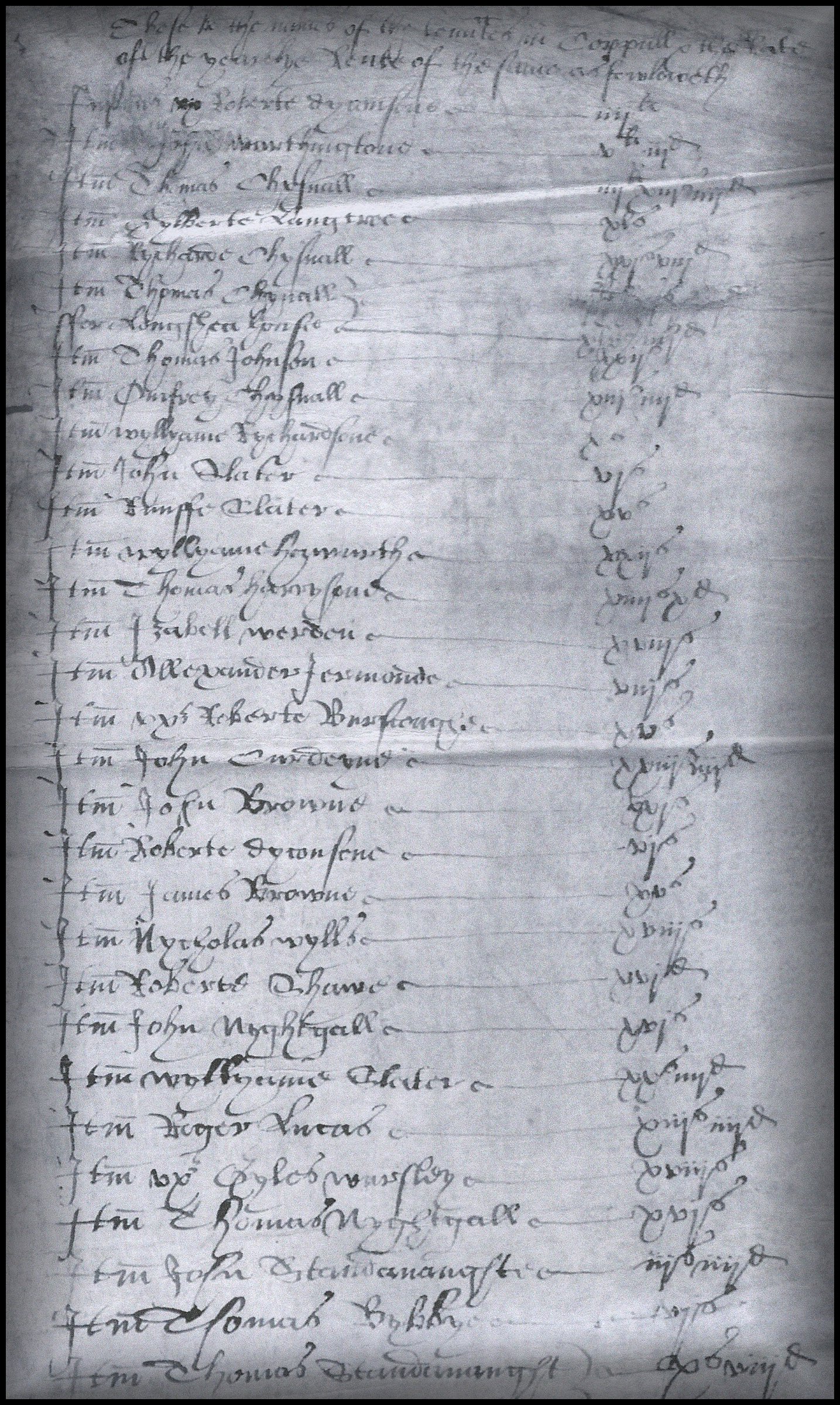
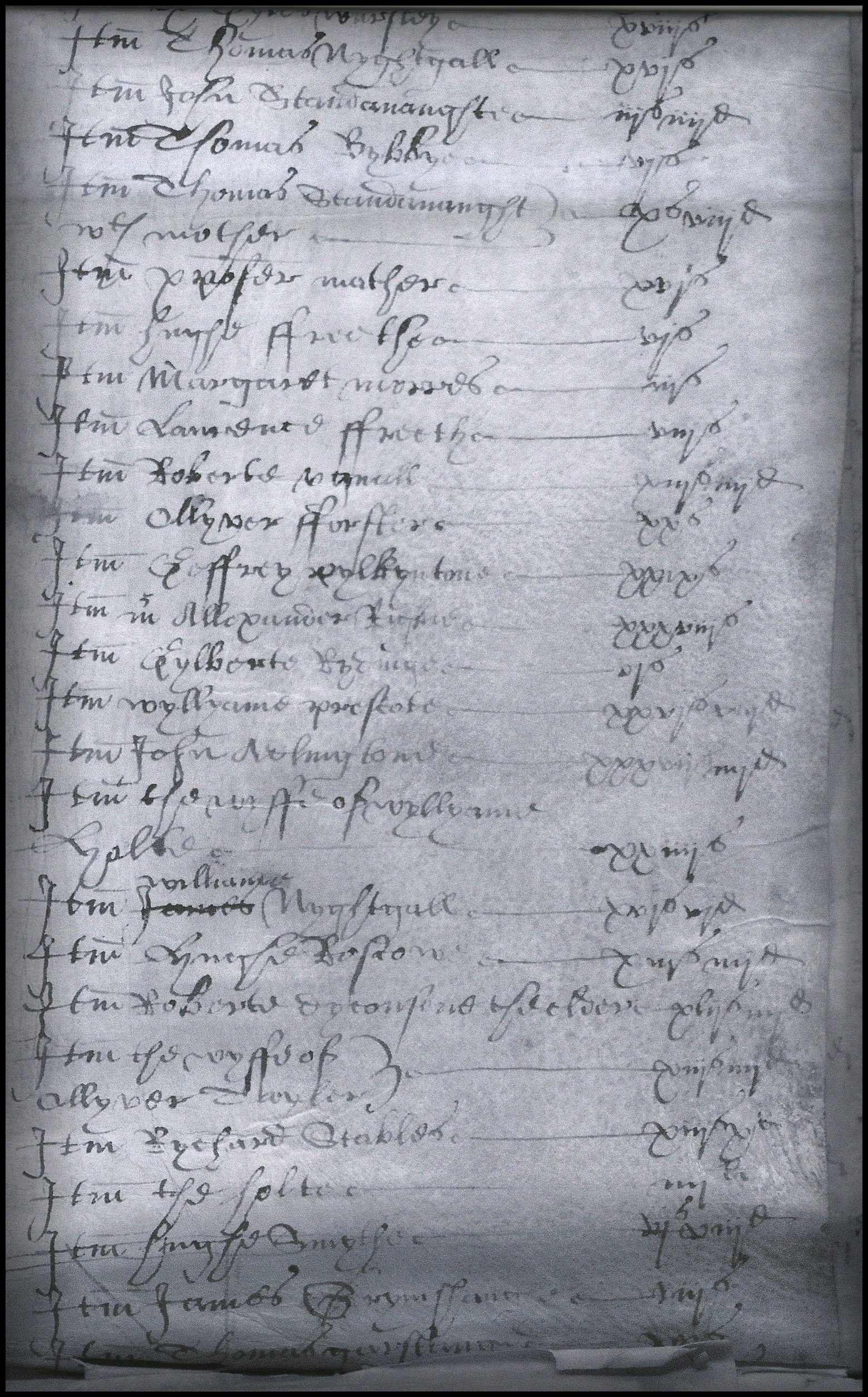
Translation of the Original Roll -Tenants in Coppull for the year 1588.
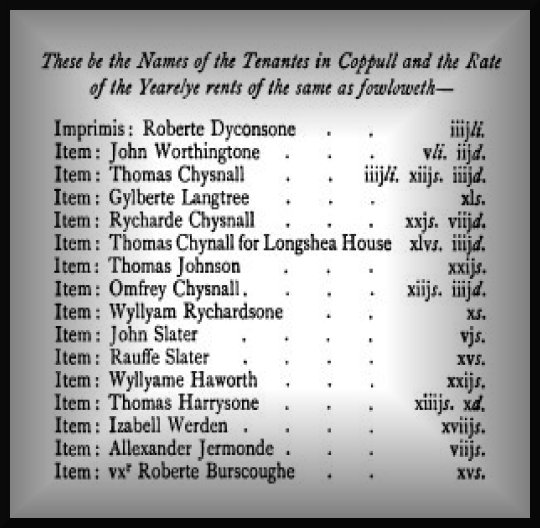
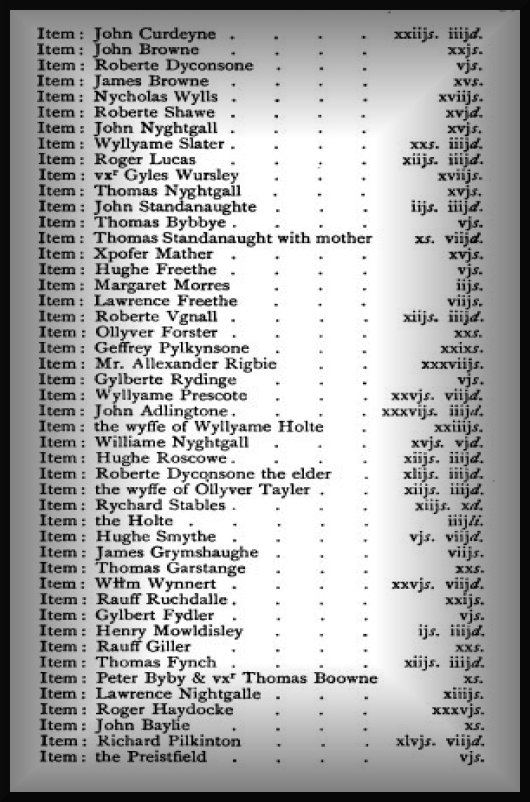
![]()
Myles Standish.
The River Yarrow as it flows through Birkacre in Coppull and past Lower Burgh Hall - 2010.
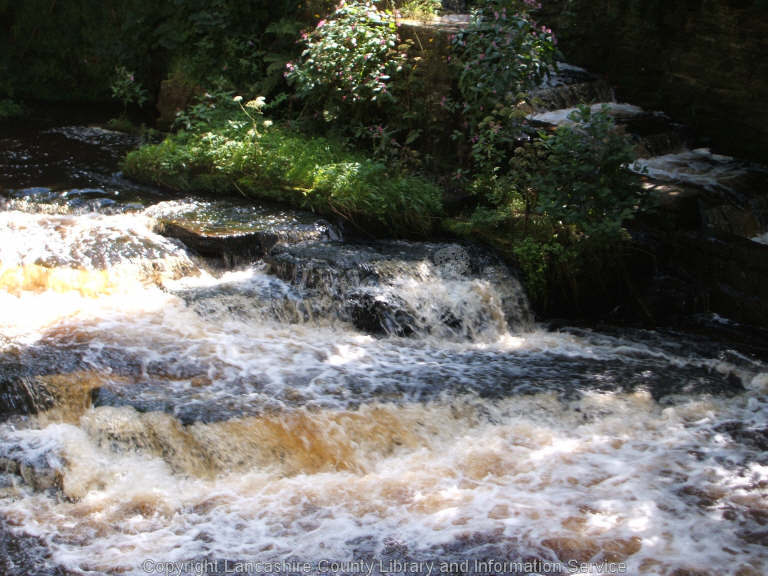
At the meeting point of the boundaries of
the four great Manors of the Lords of Chorley – Coppull – Charnock Richard and
Duxbury stands Lower Burgh Hall the home of Thurstan Standish the second son of
Sir Alexander Standish Lord of the Manor of Standish 1468 – 1507.

In his Last Will & Testament dated March the 7th 1655 Myles Standish states that “my great G(ran)dfather being a 2cond or younger brother from the house of Standish of Standish” was Thurstan Standish (the second son of Sir Alexander Standish) the great grandfather referred to in the Will of Myles and was Lower Burgh Hall the birthplace of Myles Standish?
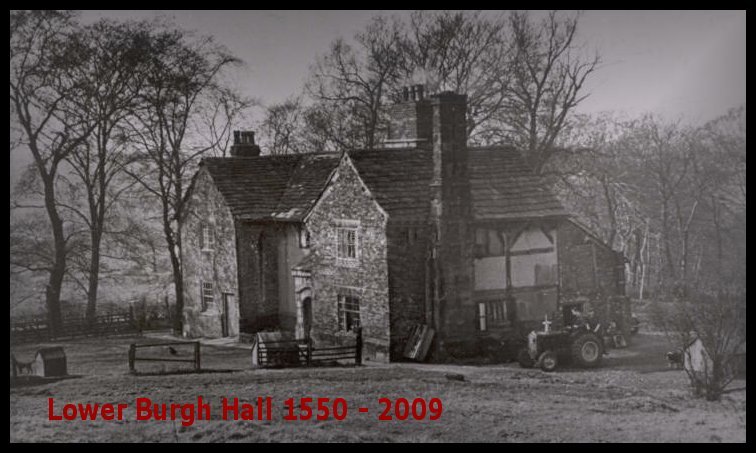
![]()
People and events in Coppull 1438 to 1905 (a small selection of many).
Year 1438 - Theft.

Year 1618 - Property Sold.

Year 1658 - Will.
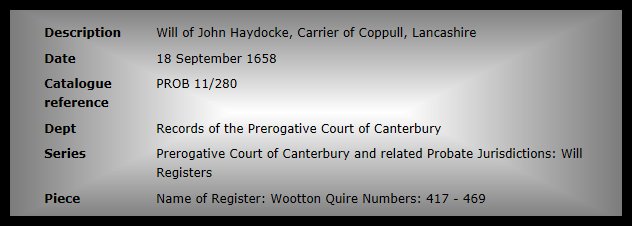
Year 1675 - Bastardy.

Year 1675 - Mr Heskin Fell to Jail.

Year 1678 - Coppull's new Smithy.

Year 1699 - Coppull's Blacksmith Mr Thomas Fisher.
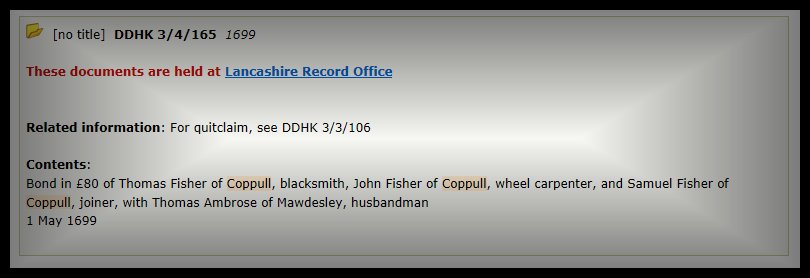
Year 1750 - Bastardy.

Year 1790 The Lady of the Manor of Coppull - Jane Pearson.

Year 1804 Soldiers of Coppull.

Year 1803 - Will.
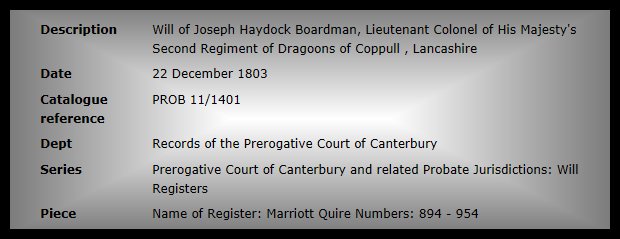
Year 1805 - Will.

Year 1825 - Bastardy.

Year 1827 - 1829- 1843. "the Order of the Boot" kicked out of Coppull!



Year 1905 Coppull Village.
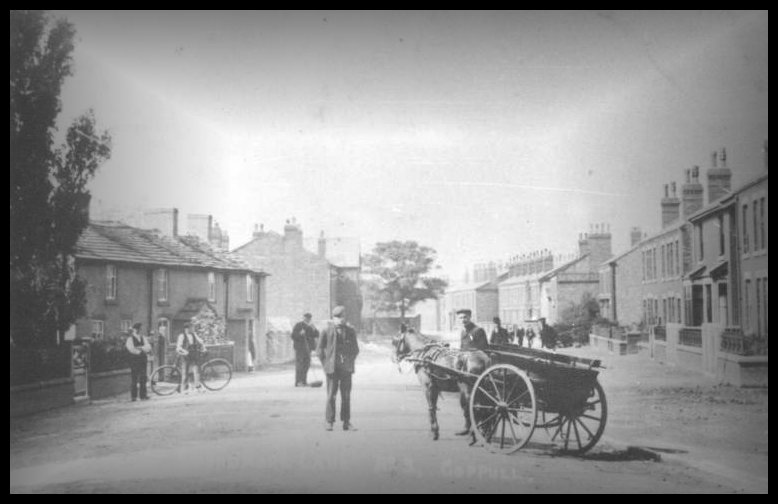
![]()
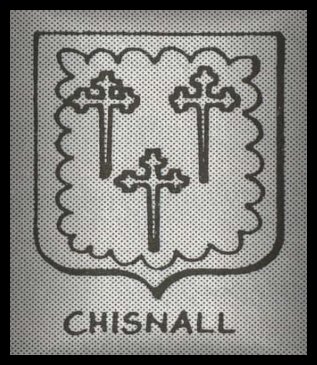
Chisnall. Argent three crosslets fitchy within a bordure gules.
Chisnall was held by the Chisnall family from an early time. Roger and John de Chisnall
are mentioned in 1277, and in 1292 the latter recovered land in
Worthington. Roger de Chisnall and Margaret his wife in
1347 settled a messuage andland on Roger son of Roger and Alice his wife, with
remainders to Robert, John and Thomas, brothers of the younger Roger. For a century and a half there is little record of the family, but John Chisnall, who died in 1525, was found to hold messuages and lands in
Coppull and Worthington partly of the Earl of Derby by a rent of 2s. 2d.
and partly of Richard Worthington by a rent of 2s.; his son and heir
Thomas was only fifteen years old. A settlement was made in 1554 and a pedigree recorded in 1567, Thomas Chisnall being still alive.
His son Edward succeeded before 1600, and by his marriage with Margaret Worthington secured an estate in Shevington. Their son Edward took a distinguished part in the first defence of Lathom House in 1644, and afterwards fought at Marston Moor. His estates were of course sequestered by the Parliamentary authorities, and he compounded for them. Afterwards he turned to controversy, producing in 1653 his Catholike History in defence of 'the Reformed Church of England. He died 5 March 1653–4, and was succeeded by his son Sir Edward Chisnall, who represented Wigan in 1688–9 as a Whig and Preston in 1690 as a Tory. His daughter and eventual heir married Stephen Hammerton of Hellifield Peel in Yorkshire, and the estate descended for some time in the family.
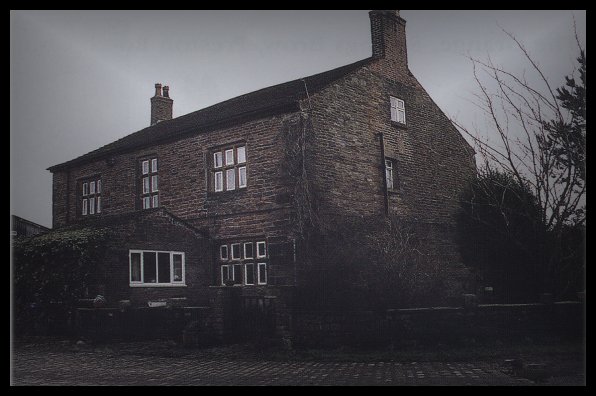
Chisnall Hall.
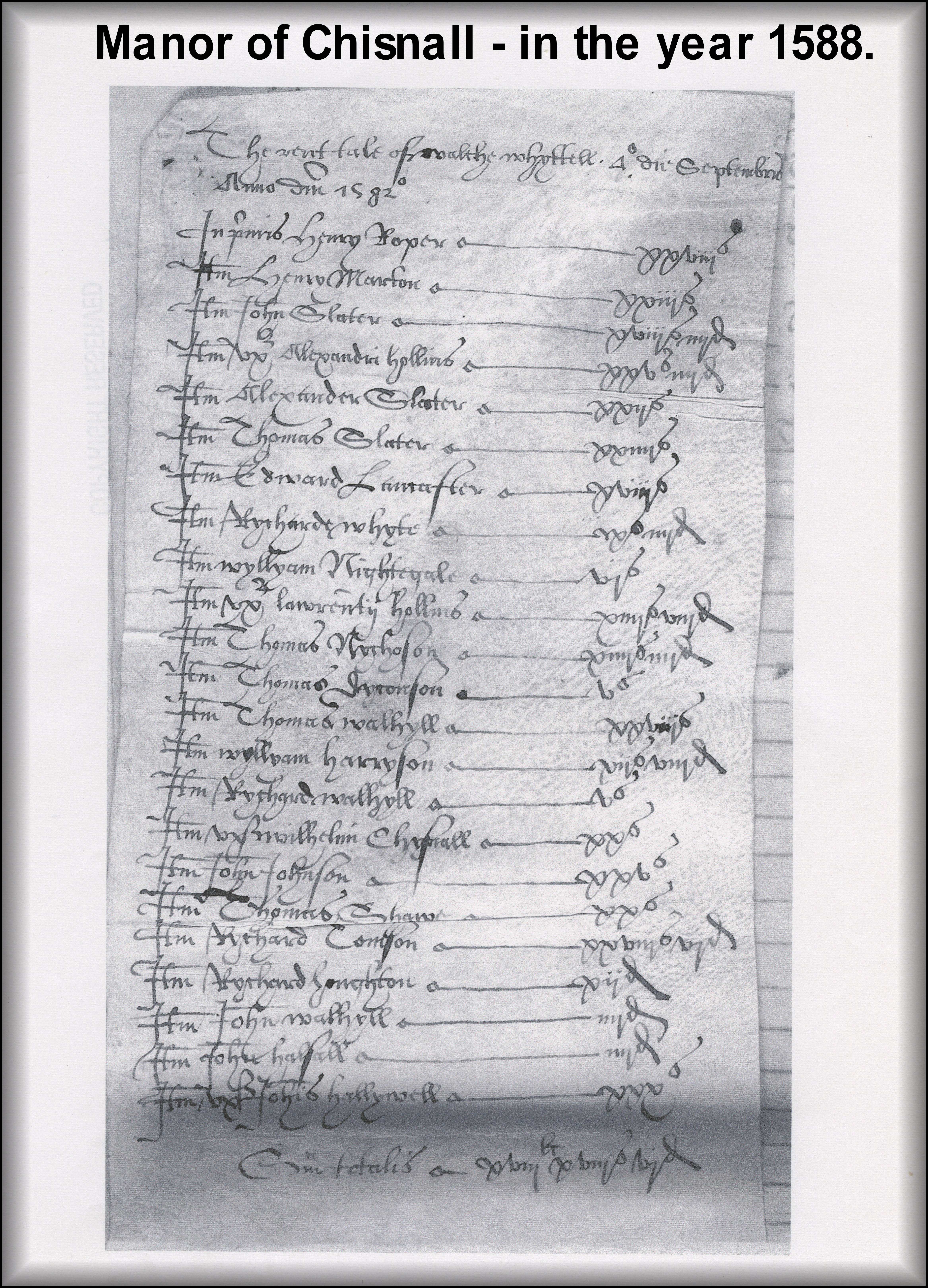

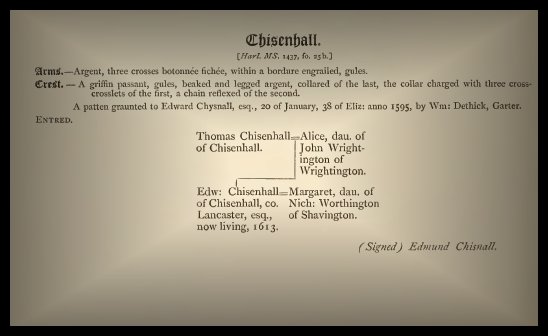


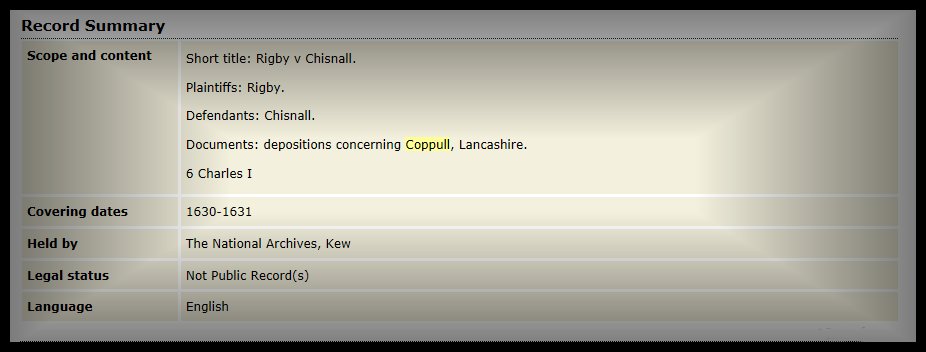
1898. Chisnall Hall Colliery.
In 1898 Chisnall Hall Colliery was opened and initially Men, Women, and Children laboured beneth the green meadows of the Manor of Chisnall.
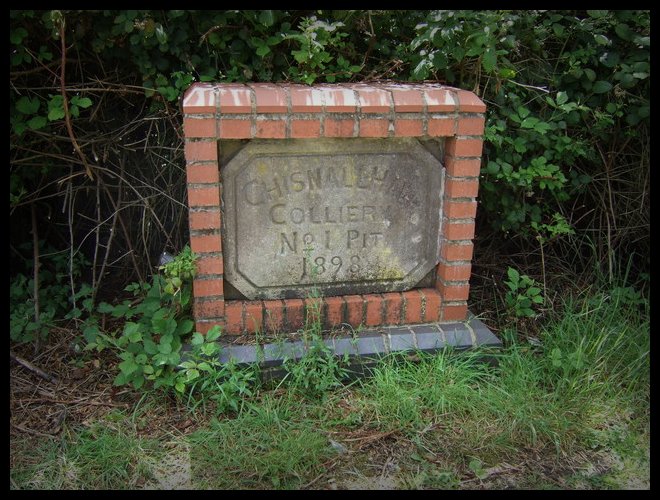

Chisnall Hall Colliery 1960.
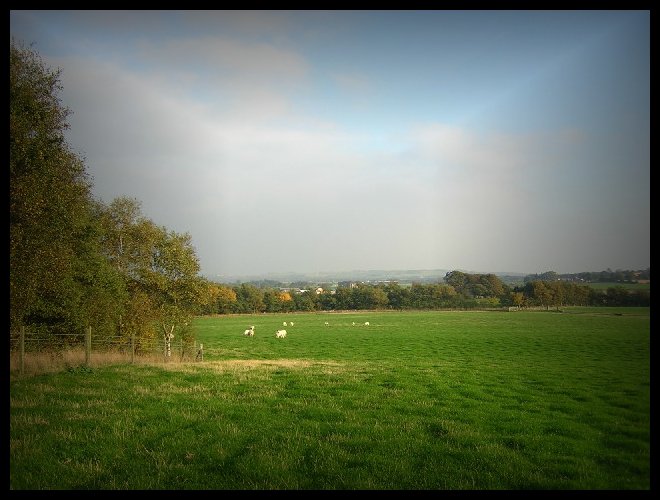
The site of Chisnall Hall Colliery 2010.
![]()
The Worthington Family of BLAINSCOUGH Hall, Coppull.
BLAINSCOUGH gave a surname to one of the local families, but the principal estate was that of the Worthingtons, probably a branch of the manorial family settling there early in the 14th century.

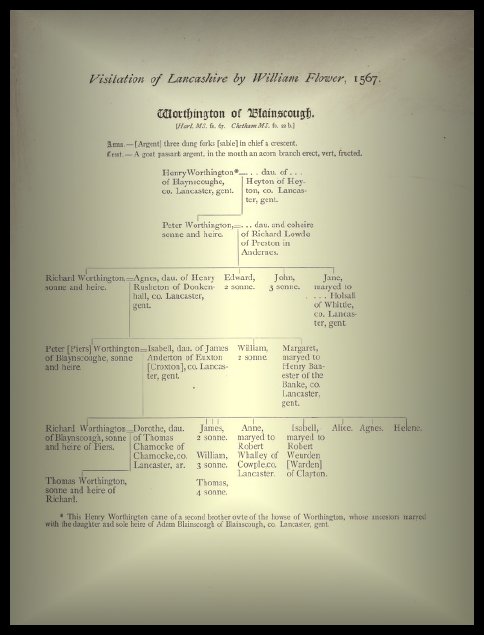
Richard Worthington of Blainscough died in December 1526 holding messuages and lands in Coppull of Edward Earl of Derby in socage by the rent of a pair of white gloves yearly, or 1d., and others in the same place of Richard Worthington of Worthington by a rent of 2s. He also held lands in Brindle and Turton. Peter, his son and heir, was twelve years old. Peter died in 1578 owning a somewhat increased estate; the lands in Coppull were held of the Earl of Derby by a rent of 2s. 9d. and a pair of gloves, and of Edward Worthington by a rent of 2s. Richard, the son and heir, was forty years of age; he died in 1590, leaving a son Thomas, twenty-three years old.
After a temporary conformity on the accession of Elizabeth the family became distinguished by a resolute adherence to Roman Catholicism. Thomas Worthington, son of Peter, educated at Oxford and then at Douay, came on the English mission in 1578, thus arousing his father's opposition. He was betrayed and sent to the Tower in 1584, and banished the following year. In 1599 he became president of Douay and caused a disturbance by his subservience to the Jesuits. He went to Rome, but returned to England in 1616 and died at Biddulph in 1626, having just previously entered the Society of Jesus.The adventures of his four nephews, who fell into the hands of Bishop Chadderton, but afterwards made their way abroad, provide an interesting story.
One of them was the heir of Blainscough, Thomas Worthington, who married a niece of Cardinal Allen. He found it advisable to take refuge abroad, and died an exile at Louvain in 1619. His son and heir William, also a convicted recusant, adhered to the king's cause in the Civil War, and lost his estate for the time, it being sequestered. A pedigree was recorded in 1664, but the family fell into an obscurity easily accounted for by this outline of their story.
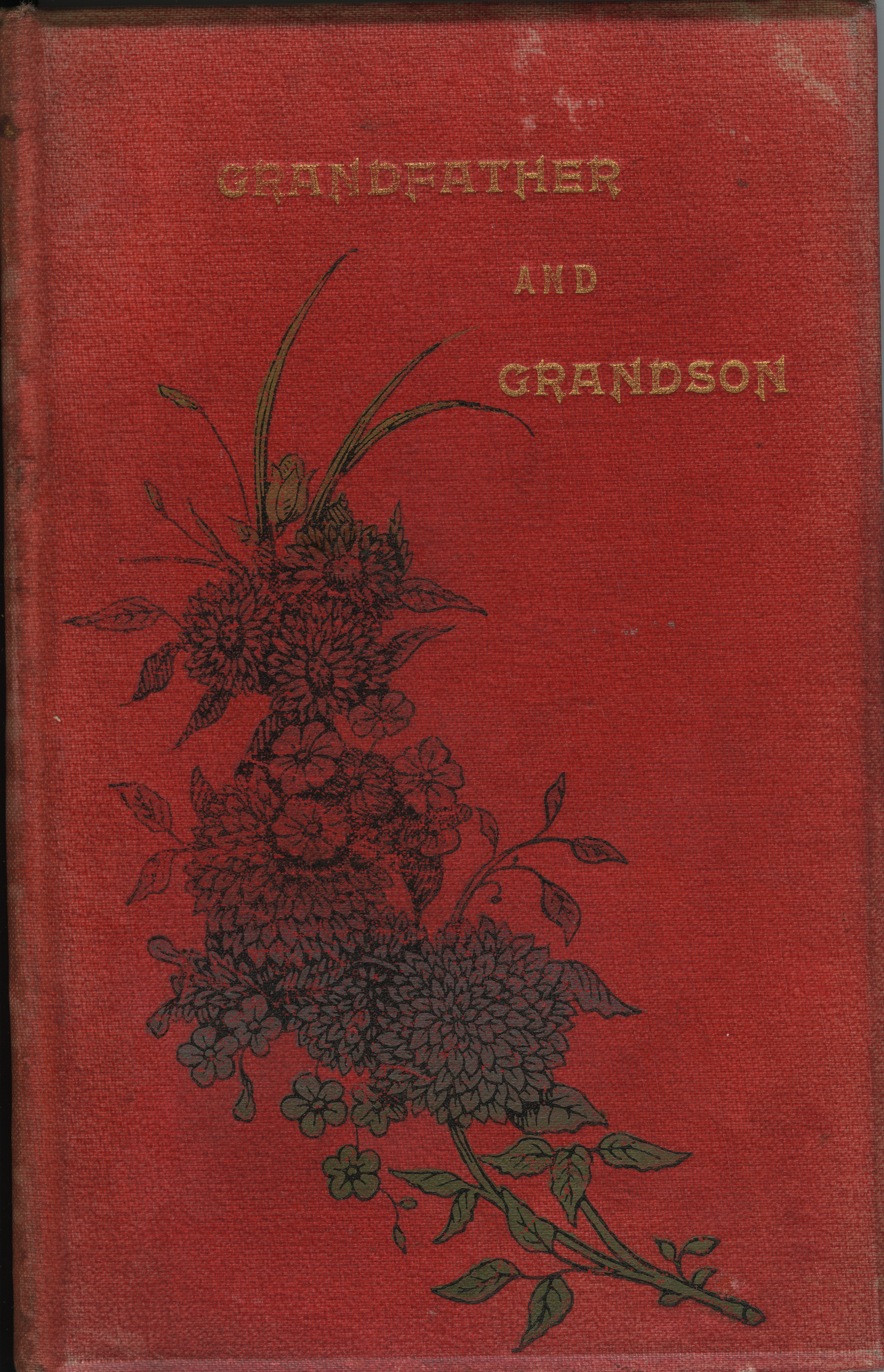
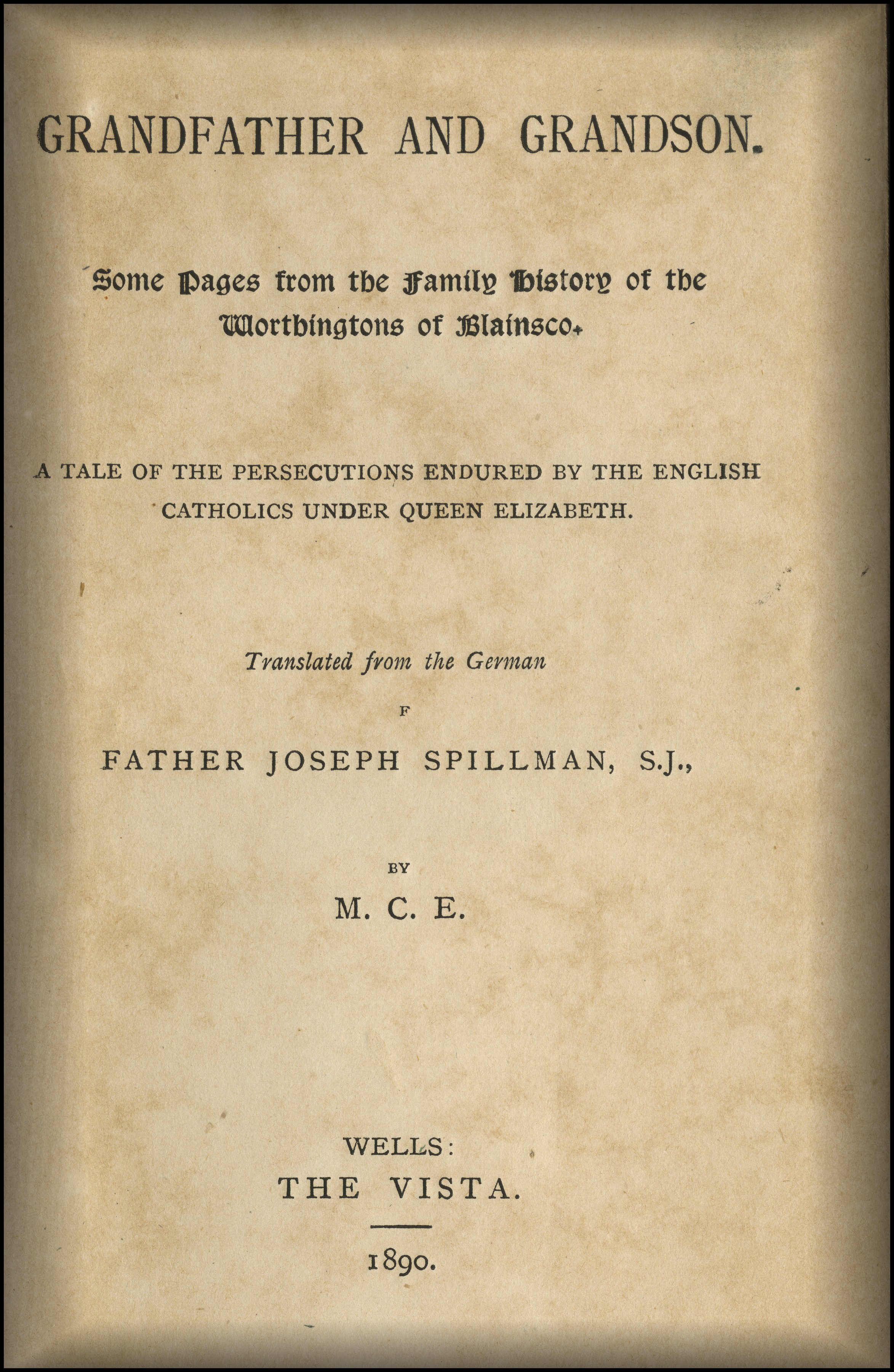
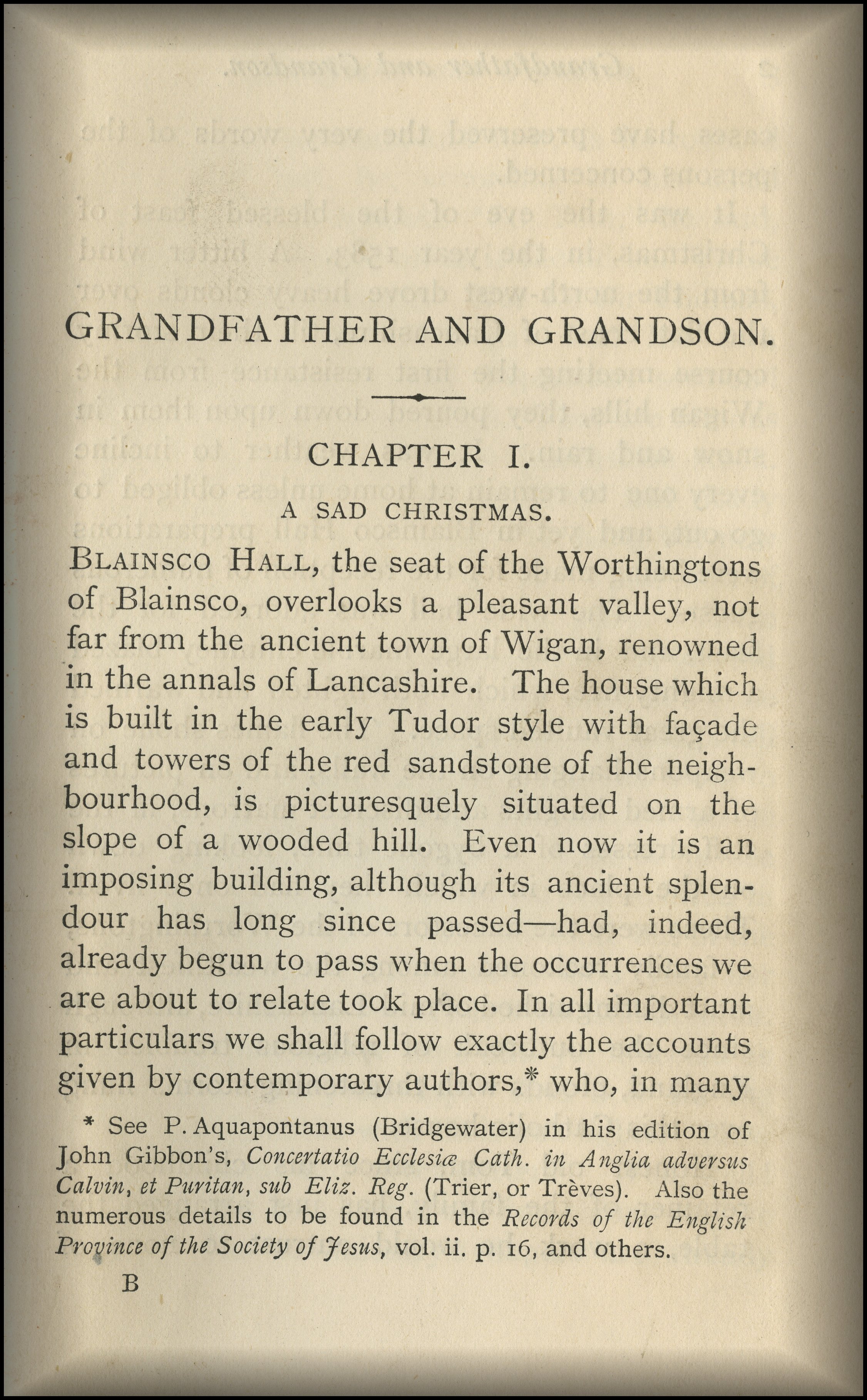
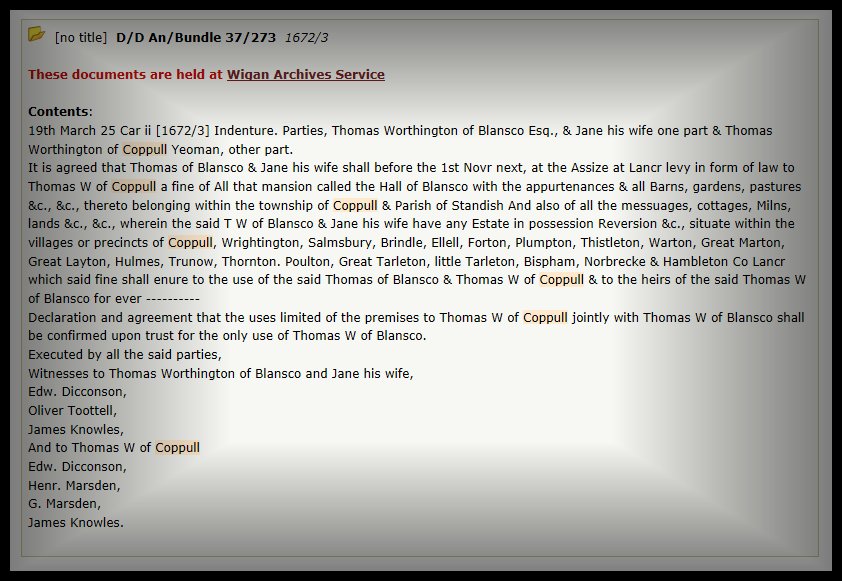
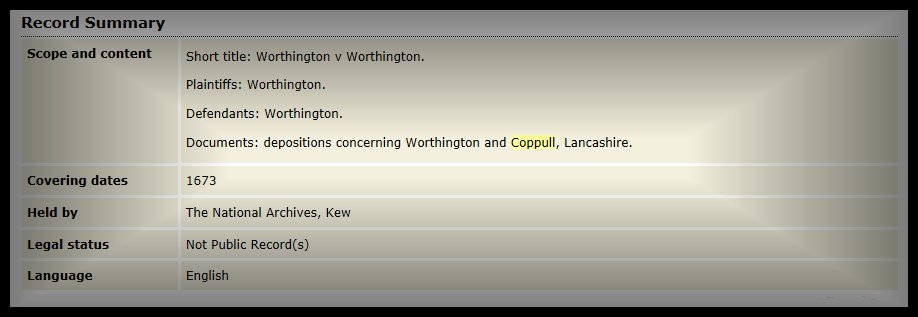
Blainscough was sold to Richard Holt of Wigan in 1732, and in 1836 was the property of George Case of Liverpool. The Torbocks at one time claimed a lordship in Coppull, and among others connected with the township were the families of Nevill, Prescot, Ugnall, Wetshaw, Perburn and Haydock. Birkacre was in the 13th century granted to William de Worthington. In more recent times it belonged to the Chadwicks. Lands in Coppull were also held by neighbouring landowners, as appears from the inquisitions.
The subsidy roll of 1542–3 shows the following landowners in Coppull and Worthington: Richard and Peter Worthington, Thomas Chisnall and the wife of John Chisnall; the roll of 1564 has Thomas and Peter Worthington, Thomas Chisnall and Andrew Ugnall. Several 'Papists' registered small estates in 1717. In 1783 the principal landowners were James Hammerton, Jane Person, Edward Chadwick (double assessed), Samuel Crook and Edward Holt.
![]()
The Haydock Family of Bogburn Hall, Coppull,
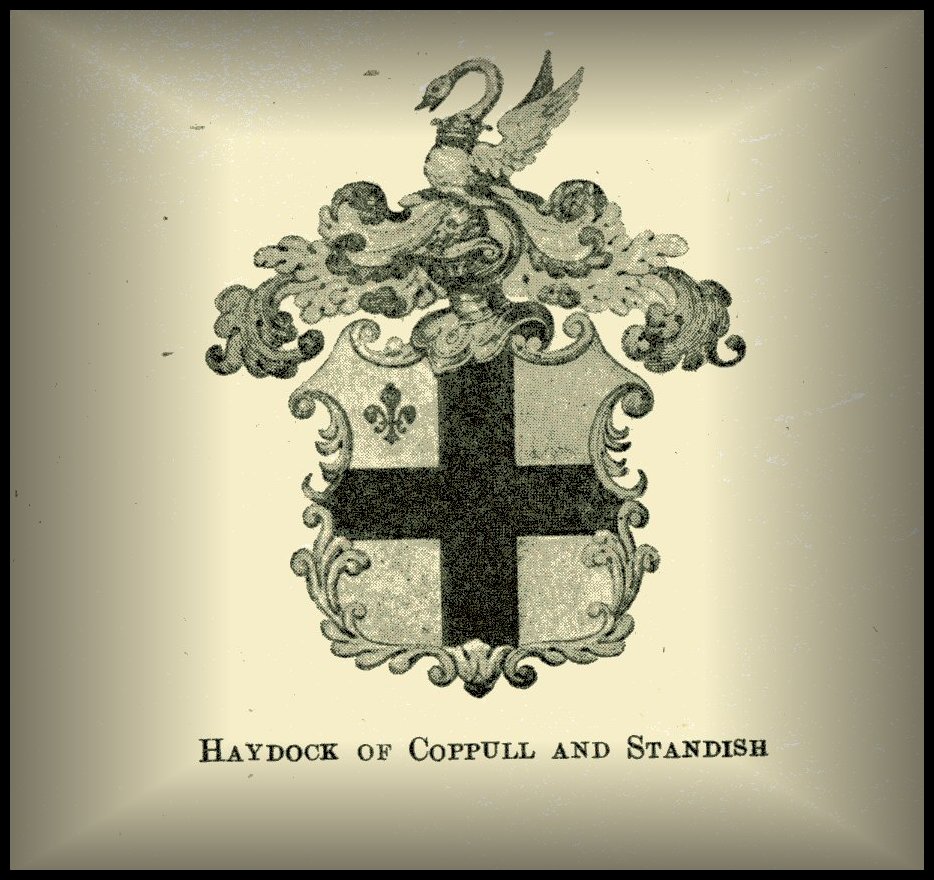

Haydock Family Memorial - St Wilfrids Parish Church - Standish - Lancashire.
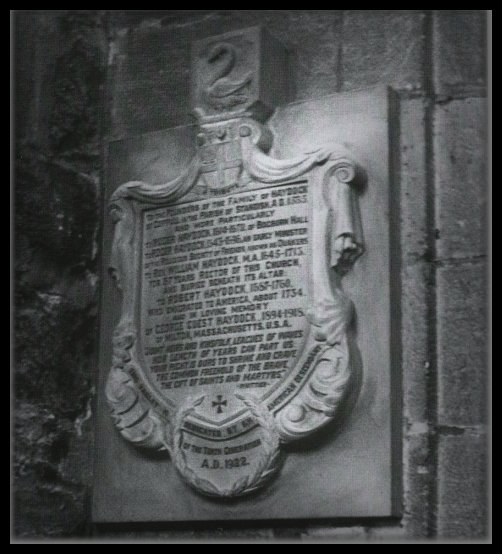

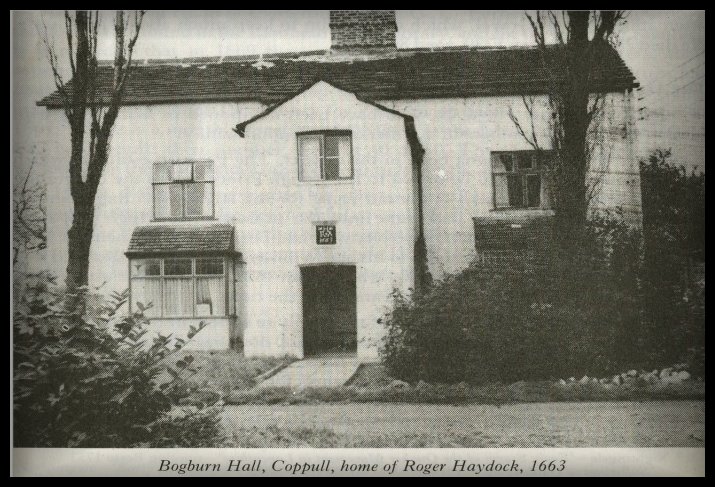
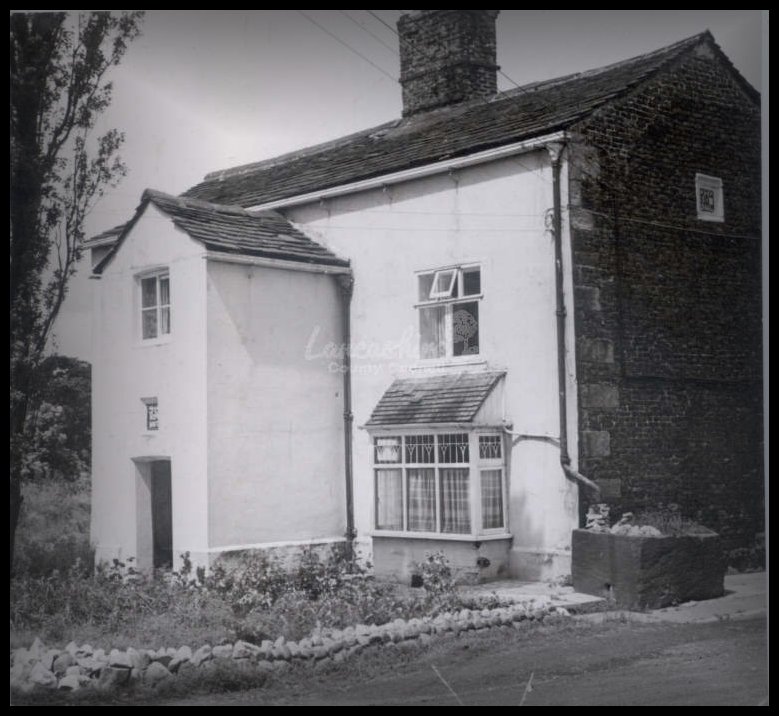
Bogburn Hall, Coppull,
Haydock, Roger
(1643–1696), Quaker preacher, was born at Coppull, in the parish of Standish, Lancashire, on 1 May 1643, the second son of
Roger Haydock (d. 1670), and his wife, Alice Nightingale. He was
baptized in the parish the following day. He was educated but where is not
known. In 1667 Roger's brother, John, became a Friend. This conversion upset
their mother, who is recorded as being inclined to presbyterianism, and she
apparently enlisted Roger's help in dissuading his brother. The result, however,
was that Roger likewise converted in November 1667. The brothers began to
travel to Quaker meetings throughout Lancashire. In April 1668 they were both
arrested at a meeting in Bury and were imprisoned at Lancaster Castle for some
months. Roger was again apprehended in January 1669 for attending three
meetings at Bury and was fined £15 by the Manchester quarter sessions. On the
death of his father in 1670, John inherited the estate at Bogburn Hall,
Coppull, where Roger acted as steward in his brother's absences.
In 1674, on the information of Ralph Brideoake, bishop of Chichester and rector
of Standish, Roger Haydock was prosecuted in the
ecclesiastical court at Chester for non-payment of tithes and in May was
committed to Lancaster gaol for non-appearance; he was released on 12 January
1675. In July and August 1675 he travelled throughout the midland and northern
counties, and on return to Lancashire in August he was fined £20 for attending
a meeting at Bury. During the next few years he spent a considerable amount of
time in prison for refusal to pay tithes and for preaching. He does, however,
appear to have been allowed some measure of liberty, at which times he
continued to preach and attend meetings. On 4 June 1676 he engaged in a dispute
at Crowton in Weaverham parish, Cheshire, with John Barber, vicar of Weaverham,
John Davis, vicar of Frodsham, and John Cheyney, said to be curate at
Burtonwood in Warrington parish. In January 1677 Haydock engaged in further
dispute with John Cheyney at Arley Hall, Cheshire. These disputes prompted the
publication of two works, The Skirmisher Confounded
(1676) and A Hypocrite Unveiled (1677), in which
Haydock challenged Cheyney and his anti-Quaker publications.
Between 1677 and 1681 Haydock made several preaching tours throughout England.
In 1681 he made his first overseas tour to the Netherlands and Germany, where
at Alzey in Hesse-Darmstadt he was arrested and imprisoned for eleven days. On
his return he married Eleanor Low (d. 1723) of Crewood Hall, Crowton,
near Northwich, Cheshire, on 6 March 1682 at Newton, near Middlewich. They had
four sons, three of whom died in childhood: their surviving son, Robert, was
born at Penketh, Lancashire, in 1687. Haydock was imprisoned yet again at
Lancaster between August 1683 and May 1684. By July 1684 he was once more
indicted, with his wife, for holding conventicles. A further spell of
imprisonment followed from December 1684 until March 1686, when he was finally
released following a king's pardon. He gained the protection of the earl of
Derby, who sympathized with Friends in the Isle of Man. Later in 1686 Haydock
embarked on another tour of the Netherlands and Germany, and on his return he
visited Friends throughout Scotland and the north of England.
About 1687 Haydock moved to Brick Hall, Penketh, Lancashire, where his ever
frail health broke down. However, by 1693 he was sufficiently recovered to
enter a public dispute with another Cheshire clergyman, John Hyde, and to
resume his travels in England and the Netherlands. Through the years Haydock
maintained a regular correspondence with Friends in Europe and America, in
which he described his travels and meetings with other Quakers. In May 1696 he
succumbed to a fever and, after a short illness, died at Penketh on 11 May
1696. He was buried that same month in the Quaker burial-ground at Greystone,
near Penketh.
In 1700 John Haydock published A Collection of the Christian
Writings, an anthology of his brother's works, which includes an account
of Haydock's life and death together with testimonials from Eleanor Haydock and
other Friends. It also included the claim that he had travelled nearly 33,000
miles during his career, and ministered to more than 2600 meetings. Haydock's
will, proved at Chester in 1701 some five years after his death, bequeathed
half his estate to his wife with bequests to his son, nephews, and nieces.
Eleanor Haydock outlived her husband by many years. She was also a zealous
Quaker, travelling throughout the country to meetings. She died in 1723. In
1743 their son Robert emigrated with his family to America, where they
eventually settled in Flushing, Long Island. In 1922 a memorial was raised in Standish parish church to the Haydock family, which
commemorates not only Roger Haydock but also his father, his son, and Roger's
brother William, rector of Standish from 1678 until
1713.
Catherine Nunn.
A collection of the Christian writings, labours, travels, and
sufferings of … Roger Haydock, ed. J. Haydock (1700)
· T. C. Porteus, ‘Roger Haydock of Coppull, a brief biography’, Transactions
of the Lancashire and Cheshire Antiquarian Society, 52 (1937), 1–66 · R.
Muschamp, The story of the Quakers: early happenings in Warrington and
district (1931) · J. Besse, A collection of the sufferings of the people
called Quakers, 2 vols. (1753) · J. Gough, History of the people called
Quakers (1789) · N. Morgan, Lancashire Quakers and the establishment
(1993) · W. C. Braithwaite, The second period of Quakerism, ed. H. J.
Cadbury, 2nd edn (1961) · DNB
· Friends' marriage registers, Ches. & Chester ALSS, EFC 1/14/2
[transcript]
Hist. Soc. Penn.,
Pemberton papers, corresp., collection no. 484
see will, Lancs. RO
|
© Oxford University Press 2004–5 |
|
|
|
|
|
Catherine Nunn, ‘Haydock, Roger (1643–1696)’, Oxford Dictionary of National Biography,
Oxford University Press, 2004 [http://www.oxforddnb.com/view/article/12747,
accessed
8 Oct 2006] Roger Haydock (1643–1696):
doi:10.1093/ref:odnb/12747
|
|
![]()
Notes by: Rev. Thomas Cruddas Porteus.
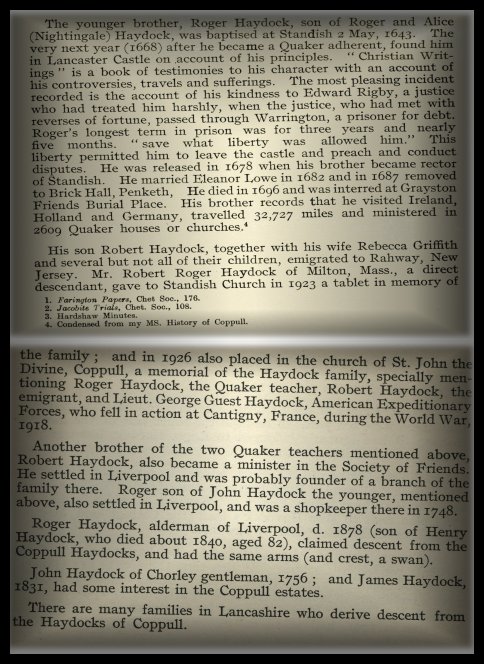
15th March 1728 - John
Haydock of Coppull.
[no title] D/D An/Bundle 42/369
These documents are held at Wigan
Archives Service
Contents:
15th March 1728 Indenture Parties John Haydock of Coppull gent and Abigail his wife Robert
Haydock of Penkall Yeoman and Rebecca his wife William Baldwin of Wigan
pewterer & Elwin his wife and Edward Woods of the same Seddan and Mary his
wife one part and John Baldwin of Wigan Clerk and James Laithwait of the same
Inholder other part Reciting seisin of John Haydock of and in...
Two closes of land in Coppull called
the fuller Fields containing 7 acres with a Lane or small [...] of land lying
in the west corner of the Higher and the said fuller Fields And of a messuage
in Coppull called Finch House and
several closes of land belonging called the field next the House the Middle
Field The Acre the Long Field and the Barn Croft containing 7 acres (tenants
names given)
And reciting such John Haydock in his own and in respect of his wife Abigail is
seized of 7/12th parts in 12 to the divided and such Robert Haydock in right of
his wife Rebecca is seized of 5/12th parts in 12 to be divided of the messuages
lands etc. called Woodside House in Watertree and the lands belonging thereto,
called the Barn Hey and Meadow Corbetts Hey. Harrison Acre the Cow Hey the
Gorsey Hey the Tewitts Hey and Harrisons Hey in Watertree containing 22 acres
all that other messuage with the lands thereto belonging in Watertree and
farston containing 8 acres And of all such other messuage called Hillside House
in Watertree with the lands belonging called the Meadow on the part of the
House Turners Meadow. Turners Croft the Song Croft the Broad Hey The Wheat Hey
The Song Meadow The new Lays and new Lay Croft The new Lay Meadow The Broad
Horse Close The Long Horse Close The Saddlars Heys and 2 crofts and the Hill
Close in Wavertree containing 20 acres all which premises in Wavertree and
Jarston where heretofore the inheritance of Damish Griffith deceased father of
the said Abigail and Rebecca and are now in the tenure of Abigail widow and
Relich of the said Damiah or of others as her farmers And reciting that William
Baldwin and Ellan his wife or one of them is seized in fee of 2/18th parts of
the said Edward Woods in 1/18th part of the several messuages etc. in Ince
hereinafter mentioned (that is to say)
That messuage heretofore in the tenure of Matthew Seddon and now of Miles
Seddon containing 2 acres.
All that cottage late in the tenure of Henry Greenhelgh
All that other cottage late in the tenure of Ralph Taylor
All that other cottage late in the tenure of Ellan Birchall and Richard Astley
All that other cottage late in the tenure of Thomas Bradshaw and now of John
Briadshaw
All that other cottage late in the tenure of Thomas Harrison
All those 2 crofts to the last mentioned cottage belonging containing ½ an acre
All those 4 closes called the Mill Field The Long Hey The Rough Hey and The
Rileycroft court 10 acres now or late in the Tenure of the said Wm Baldwin
Edward Woods and John Haydock And all that other close called The Carr court 2
acres in the tenure of John Bradshaw
It is witnessed and agreed that a fine shall be levied unto John Baldwin and
James Laithwaite of the messuages etc. in Coppull
Wavertree Garston and also of the 2/18th and 1/18th parts of this messuages
etc. in Ince with all the estate etc. to the uses thereafter mentioned that is
to say The lands etc. in Coppull and
7/12th parts of the messuages etc. in Wavertree and Jarston
To the use of such person as the said John Haydock by Deed or will shall
appoint and for want of such appointment to his use of John Haydock for ever
And concerning the other 5/12th parts of the messuages in Wavertree and Jarston
as the said Robert Haydock shall be deed or Will appoint and for want of such
appointment to said Robert Haydock for ever
And concerning 2/18th parts of the messuages etc. in Ince as the said Wm.
Baldwin shall apoint and foe want of such appointment to said Wm. Baldwin. for
ever
And concerning 1/18th part of the messuages etc. as the said Edward Woods shall
appoint and for want of such appointment to said Edward Woods for ever
Witnesses to execution by John and Abigail Haydock
Robert & Rebecca Haydock William and Ellan Baldwin Edward & Mary Woods
Richard Leigh
Wm. Farington
And to John Baldwin & James Laithwaite
Hugh Bullock
Cha: Hindley
Corfified as a fine copy by
Robert Leigh
Wm. Riley
Clerks to Wm. Alex.² Leigh
![]()
A chapel certainly existed at Coppull before the Reformation, but it was afterwards allowed to fall into ruin. In 1654 a new one was built by William Crook, the inhabitants repaying him most of the cost. On the restoration of episcopacy and the Prayer-book in 1660 the chapel appears to have been served from the parish church, but after a time the trustees or the survivor made an effort to secure it for the Presbyterian worship. The chapel was on account of these feuds closed in 1715, but soon afterwards secured for the Church of England. A grant from Queen Anne's Bounty was obtained in 1716 and a perpetual curate appointed. The chapel was rebuilt in 1758 and replaced by the present church in 1861. There is no dedication. The rector of Standish was the patron. A district was assigned in 1842.
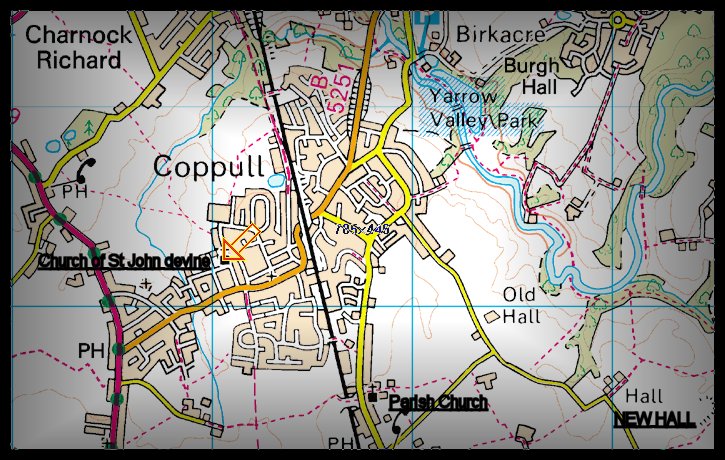
Coppull Parish Church
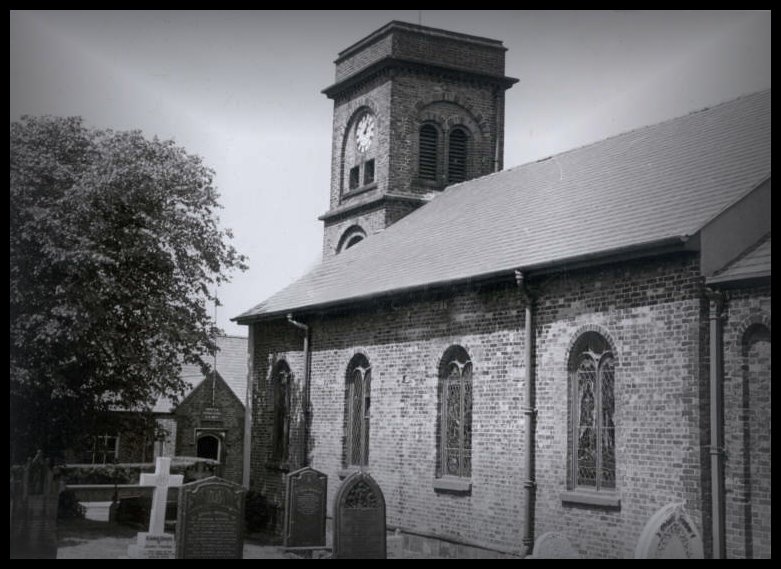
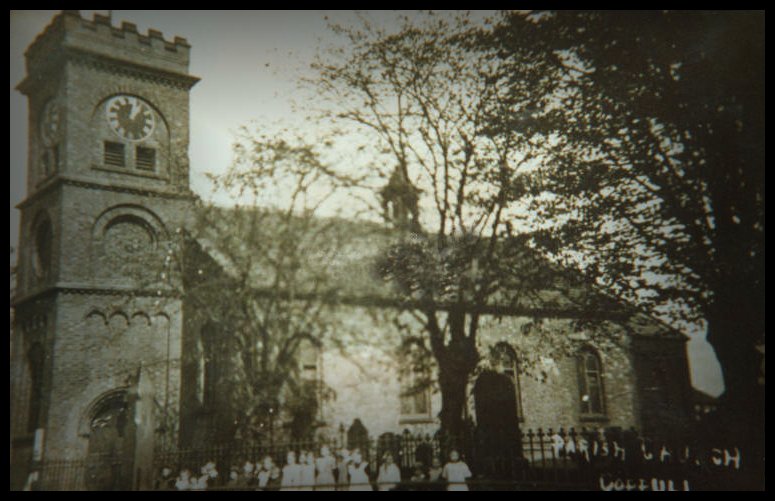



Coppull St John's Church
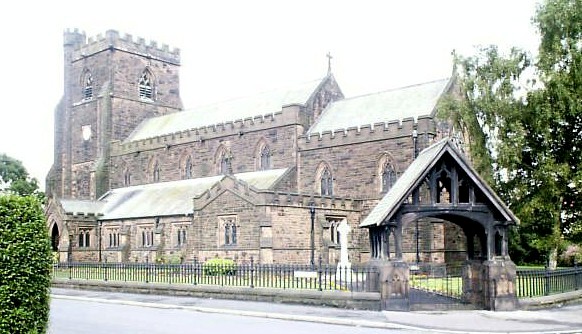
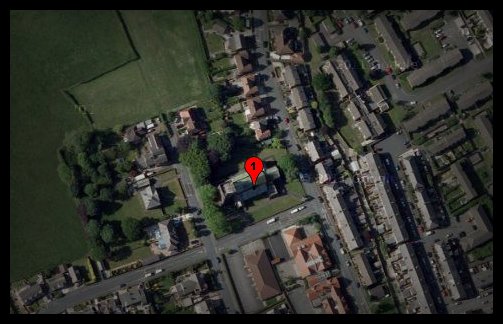
![]()
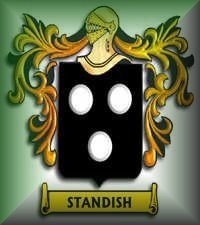
OS
Grid Reference: SD5809112732
OS
Grid Coordinates: 358091, 412732
Latitude/Longitude: 53.6092, -2.6335
Location: Wigan Lane, Coppull, Lancashire PR7 4BN
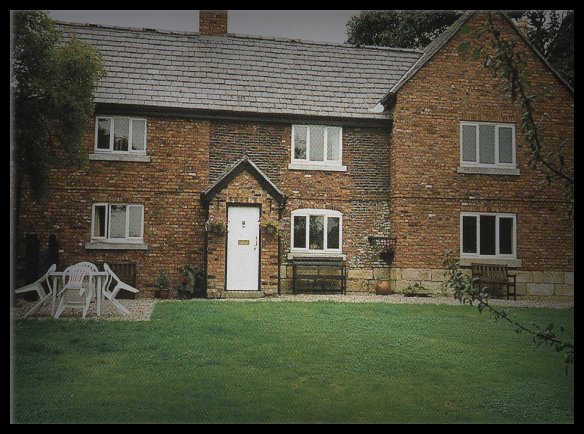

COPPULL
96/0/10010 WIGAN LANE
03-AUG-10 HOLT FARM
II
A modernised former farmhouse of late C16/early C17 date, architect unknown.
MATERIALS: Timber-framing on a stone plinth with partly-rendered brick beneath
a slate roofs.
PLAN: The building is rectangular in plan.
EXTERIOR: The front elevation is of three bays with a modern garage attached to
the left side. The right bay cross wing projects forward slightly and is a
gabled early C17 timber framed wing fronted with imported second-hand bricks on
a stone plinth. The central bay has a rebuilt porch beneath a pitched roof. The
earlier planked front door has been reused. The main elevation has a hand-made
brick face with some modern patching on a stone plinth. The left bay is a
modern domestic rebuild of the former barn. All windows and sills throughout
the building are modern. There is a ridge stack at the junction of the central
and left bay and a roof stack to the right bay. The east elevation has a stone
plinth along the full length of the cross wing, beyond which is the C19 outshot
extension. Some modern brick patching is visible to the wall of the cross wing
and there is a blocked doorway evident in the outshot extension. The rear
elevation is largely rendered. There is a reused timber door in the outshot
gable. A modern single-storey brick and glass conservatory has been added to
the rear of the central bay. The newly built west bay has a catslide roof with
the modern garage forming the remainder of this elevation.
INTERIOR: Entrance via the front porch leads to a baffle-entry with access to
the left leading through an inserted doorway into the rebuilt two-storey west
wing where many former ceiling beams and joists have been reused. To the right
of the baffle-entry is the central bay where two ceiling beams remain in situ,
together with two older horizontal timber wall beams partly exposed as lintels
above the front window and the rear door to the conservatory. A former front
door into the central bay has been blocked. The ground floor of the cross wing
has been opened out into a single room and a staircase removed, two doors have
been blocked that formerly gave access from the central bay to the cross wing.
An early timber plank door gives access into the rear outshot from where there
is access to the rear door, the staircase, a bathroom in the outshot extension
and the cross wing. The cross wing contains substantial timber framing with
chamfered beams and joists and a stone fireplace with uprights and lintel
suggesting a C17 date, and a partially blocked oven in the east wall. A door
from the rear of the cross wing leads into the outshot extension. The upper
floor contains four bedrooms, one in the central bay, two in the cross wing,
and one and a bathroom in the outshot. Timber framing with wattle and daub
infill is exposed in abundance and there is a tie beam in the central bay. The
attic contains a mix of early and replaced timbers. There is some surviving
wattle and daub infill between the central bay and the cross wing and some
earth floors survive in the cross wing attic.
Modern additions are not of special interest.
HISTORY: Holt is the ancient home of the Chisnall family and is mentioned in
C14 documents. From 1518 to 1912 The Holt was owned by the Standish family.
Holt Farm has a brick exterior of c1700 concealing remains of a timber-framed
house of late C16/early C17 date. The present central bay was the original open
hall with the right (east) bay being a timber-framed cross wing thought to have
been added in the early C17. The current owners believe that the building was
extensively modified internally about 1840. A rear outshot was added during the
C19 and this was extended at its north-east corner later in the C19. A former
rear door in the outshot extension has been bricked up. The building had at one
time been converted into two houses. During the 1950s the south gable of the
east cross wing collapsed and was rebuilt using Accrington bricks. In the 1970s
the house became empty and by 1980 it was derelict and remained so until bought
by the present owners in 1996. Since then major renovation work has been
carried out. This has involved demolition of the former barn which formed the
left (west) bay of the house and its rebuilding as domestic accommodation,
erection of a double garage attached to the newly constructed left bay,
rebuilding of the front porch, erection of a rear outshot connecting the
1990s-built left bay and the garage, and construction of a glass and brick
conservatory between the two rear outshots. This also involved extensive
replacement of windows, and brick repairs and internal reordering.
SOURCES
The Victoria History of the Counties of England Vol.6, Lancashire (1911), 177
Rev. T C Porteus, History of Standish (1927)
Rev. T C Porteus, Calendar of the Standish Deeds 1230-1575 (1933)
Walsh, Hubert, The History of Coppull (1975)
Miller, Garry, Historic Houses in Lancashire - The Douglas Valley 1300-1770
(2002)
Smith, M D, About Coppull
REASONS FOR DESIGNATION:
Holt Farm is designated at Grade II for the following principal reasons:
* DATE: despite modernisation it still retains the core of a late-medieval timber-framed building
* GROUP VALUE: it is one of a significant group of farmhouses of similar date
that are listed at Grade II, located in the rural hinterland of Coppull.
Source: English Heritage
Listed building text is © Crown Copyright. Reproduced under licence: PSI Click-use licence number C2008002006.
![]()
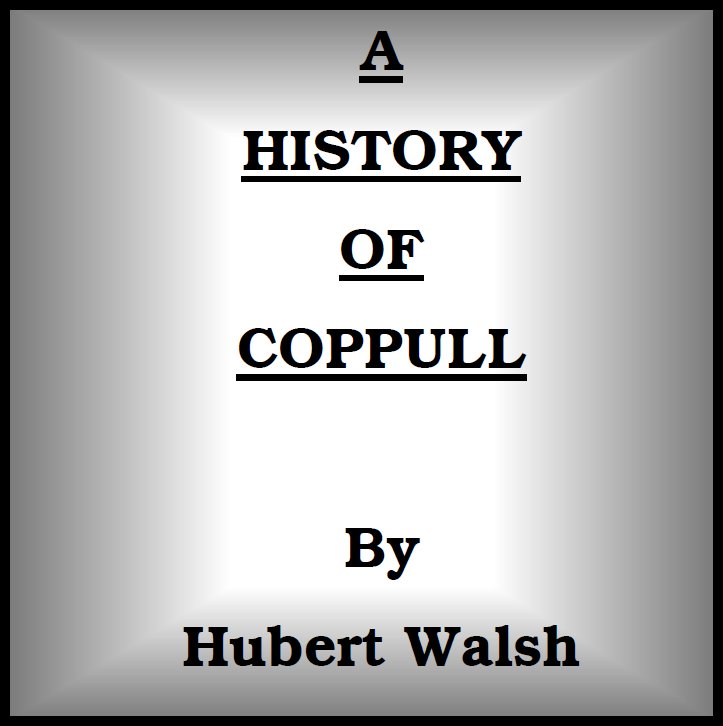
A History of Coppull by Hubert Walsh.
![]()
Medieval Coppull. watmough.me.uk/coppull_project.htm
The earliest family mentioned in relation to Coppull is the “de
Coppull” family. John de Coppull was lord of the manor in the early 13th
C, and was acknowledged as such by Adam son of William Bleyneschohe (LRO D/D
Ma/A/5). John had a brother Thomas, and Richard of Coppull is also mentioned
as owning lands in Perburn, which may be the area of Coppull now known as Hic
Bibi. By the 1230s, Thomas of Coppull was granting land, perhaps having
inherited the estates of his brother (or perhaps being the son of John)
At about the same time, Richard of Coppull owned land in the wood
of Chorley. By the time of Edward I (1272-1307), Henry, the son of John of
Coppull was granting land in Chorley.
The de Bleinschoc (Blainscough) family is also mentioned, Adam son
of William appeared in circa 1200 and Richard son of Orm in 1215. They
acknowledged the de Coppulls as their lords. Blainscough was a moated site,
perhaps dating from the 12th or 13th centuries, as did
many other Lancashire moated sites (Newman, C., p5). Evidence of
Blainscough’s moat survives today, together with what would have been the
grandest avenue of trees leading to a residence in Coppull. Moated sites were often a feature of high status
dwellings (Newman, R., p116), and Blainscough Hall would have been, if not
the grandest, then along with Chisnall Hall and Coppull’s manor house,
one of the three most important residences in the village in the medieval
period. In a much later period, 1666, Blainscough was recorded as having 14
hearths, more than any other in the village, and therefore suggesting that it
was a sizeable and grand residence.
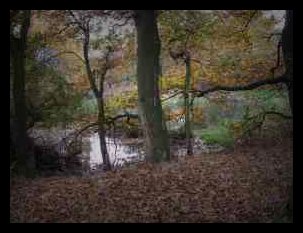
The grand avenue of trees on the drive to Blainscough Hall.
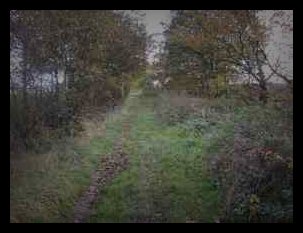
By the late 13th century there were references to a
mill in Coppull and in 1306, Henry del Burgh granted the rights to the moiety
(i.e. half) of the “mill and all the mill places between Ogenalebroke and the
boundary of William Quytehaud [Whitehead] with the pool and attachment of a
moiety of the Yarrow upon that part of Coppul in the ville of Chorley, and
Coppul in Worthington”. It is possible that this area was in the north of
Coppull, slightly to the south of the Clancutt estate.
The Chisnalls appear for the first time in the early 14th
century, and John of Chisnall owned lands in Wrightington. He was also a tax assessor in 1316, suggesting that the family
had achieved some status in the local community by that time. However he was
accused of allowing his clerks, William Spynk and Thomas de Chisnall, to
extort money from people in the West Derby hundred when they were collecting
taxes on his behalf. In 1315 there were two Robert de Chisnalls, one of them
a clerk. Along with Blainscough, Chisnall Hall is recorded as having been a
moated site. The Chisnall estate included lands in Coppull and other
neighbouring townships, and may at some time have had a claim to being a
manor in its own right, although there is no evidence of this from the
medieval period. It was, doubtless, a high status and important house.
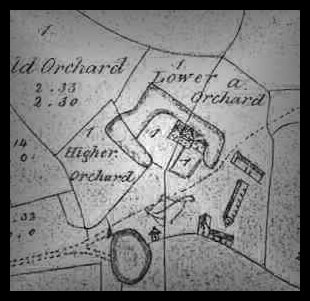
Plan of Chisnall showing
the moat together with later buildings, 1772.
The opening of the 14th Century also saw the first
appearance of a number of other names of the inhabitants of Coppull. In 1306
there are references to Robert del Holt and John de Nightegale, whilst
neither of these is explicitly described as “of Coppull”, the Holt (or the
Hole on the first Ordnance Survey map) is an old established house in
Coppull, and the name Nightingale (or Nightgall) appeared frequently in
Coppull in the sixteenth and early seventeenth centuries. In 1311, John
Nightgall appears again together with Henry de Ogenale, once again almost
certainly an estate in Coppull.
In 1315 there was an attack of banditry in South Lancashire and
one of the bandits was Adam le Taillour of Coppull who “took goods and
chattels belonging to John le Cruce… to the value of sixty pounds … and that
they extorted ten pounds from the town of [West] Derby so that they should
not destroy the aforesaid town, and they took ten pounds by extortion from
divers men of the same town.” Adam was fined two marks and amongst his
sureties were John de Coppull and John de Derbishire.
The first tax assessment (or subsidy
roll) for Coppull (which also included the vill of Worthington)
survives for 1327, and lists nine people assessed for the tax, the two
highest assessments being for John Chisnall and John Derbishire, who were
subject to higher tax even than John Coppull who was, presumably, Lord of the
Manor. The second subsidy roll survives for 1332 and lists
ten taxpayers, the highest assessments being levied on the two Johns who were
joined by William son of Robert, each of them paying 4s tax. The bandit Adam
le Taillour is also assessed for tax in this roll, paying 16d, along with
Thomas de Uggenhalle.
The archives are
almost silent for the last half of the 14th Century, perhaps as a
result of the Black Death which blighted Europe around 1348.
The de Coppulls
were present in the village in the early 15th Century. John was
mentioned in 1406, William and Robert both appear in the 1420s and 1430s.
William’s wife Isabel is mentioned in 1446, this perhaps being the first
mention of a woman in the written records of the village. James appeared in
the 1450s as a witness in deeds.
There seems to have been a period of lawlessness in the village in
the period as in 1430 Hugh Haydock of Coppull was accused of breaking into a
close of James Shagh and cutting down trees. Then in 1438 Thomas Jonesson of
Coppull, Henry his son, yeoman and John of Haukesheved of Coppull, walker, by
force of arms broke into the house of William of Coppull at Coppull and stole
property to the value of £40, a considerable sum in the period.
In 1497, Robert Ugnall of Coppull granted land to Sir Richard
Shereburn [?] and Piers Worthington, the latter being the head of the
Worthington family of Blainscough. Blainscough was evidently a significant
estate in its own right, as many early deeds refer to “the vill of Coppull,
Worthington and Blainscough”.
Bibliography
Newman, Caron “The Medieval Period Resource Assessment”, 2004.
Newman, Richard, “Medieval Rural Settlement”, Leslie, Richard,
ed., “The Archaeology of Lancashire”, Lancaster, 1996
![]()
|
1 |
2,282, including 7 of inland
water;Census Rep. 1901. |
|
2 |
Including Springfield. |
|
3 |
Subs. R. Lancs. bdle. 250, no. 9. |
|
4 |
See Dict. Nat. Biog. His
writings were published by John Field in 1700; appended is a biography by his
brother John Haydock, dated at Coppull. |
|
5 |
Lancs. and Ches. Antiq. Soc. xvii, 19. |
|
6 |
It seems clear from many of the
charters and suits that 'Worthington,' as commonly used, included Coppull. In
1300 one Jordan son of John son of Robert claimed 19 acres in Coppull against
John de Coppull, and the defence was that there was no vill named Coppull,
this being merely a place in Worthington; De Banco R. 131, m. 270.
Nevertheless, in 1332 the name of the township is given as
Coppull-with-Worthington;Exch. Lay Subs. (Rec. Soc. Lancs. and Ches.),
49. |
|
7 |
He is called 'son of Thomas.'
Thomas de Coppull is named in the Pipe Roll of 1213–15; Farrer, Lancs.
Pipe R. 251. He released to Alexander son of John lands held of his son
Richard; Kuerden MSS. iii, C 33. |
|
8 |
Burscough Reg. fol. 47; Duchy of
Lanc. Anct. D. 619–21; Dep. Keeper's Rep. xxxvi, App. 201. The bounds
in one grant (620) are thus described: Beginning where Blacklache descends
into the Perburn, up Blacklache northwards to a cross in the old ditch of
Coldcotes, along the ditch to a cross in the high road of Watling Street,
along this high road to a cross on the Perburn over against the course of the
great spring of Langtree, and so down the thread of Perburn water to another
cross and the said Blacklache. To this were added all the grantor's part of
the water of Perburn appertaining to 4 oxgangs, pannage in the woods of
Coppull and other easements. The seal of no. 619 shows a bird with the legend
+ SIG. . . . ICARDI DE COPHVL. The deeds may be dated between 1230 and 1264. |
|
9 |
A number of brief abstracts of the
deeds are in Kuerden MSS. iii, C 33. |
|
10 |
William son of William Coppull
sold all his father's lands in Coppull, Duxbury and Chorley to Sir Thomas
Stanley in 1461, and releases were made by Isabel widow of William Coppull
and by William Harrington; ibid. As late as 1553, however, a release was made
by one William Coppull to Edward Earl of Derby; ibid. |
|
11 |
Thomas second Earl of Derby in
1508 granted the manor of Coppull to Sir Edward Stanley, afterwards Lord
Mounteagle, for life. The manor was in 1521 stated (erroneously) to be held
of the king as of his duchy by the service of a knight's fee; it was worth
£30 a year; Duchy of Lanc. Inq. p.m. v, no. 68. A similar statement as to the
tenure was recorded in the inquisition after the death of Ferdinando fifth
earl in 1595; Add. MS. 32104, fol. 425b. |
|
12 |
Notes of the deeds are in Kuerden,
ut sup. |
|
13 |
The manor is named in Rigby
settlements in 1655 and 1681; Pal. of Lanc. Feet of F. bdle. 157, m. 93; 206,
m. 32. |
|
14 |
In a fine respecting the manor of
Coppull and twenty messuages, two dovehouses, land, meadow, &c., in
Coppull, Shevington and Orrell the plaintiffs were Richard and Thomas Livesey
and the deforciants Robert Livesey, Anne his wife, Jane and Margaret Pearson;
Pal. of Lanc. Feet of F. bdle. 355, m. 101. |
|
15 |
Baines, Lancs. (ed. 1836),
iii, 516; Raines in Notitia Cestr. ii, 395. |
|
16 |
See the account of Duxbury. |
|
17 |
Thomas son of John de Coppull is
named in the fine of 1322 already cited. He left a son John and the two
daughters named in the text. John made a grant of lands in 1360; Kuerden MSS.
iii, C 33. In 1365 Ellen widow of John de Bolton recovered lands and rent in
Coppull against John son of Thomas de Coppull, Amice the widow of Thomas,
Henry son of William Bibby and John de Ugnall; De Banco R. 419, m. 155; 423,
m. 319 d. |
|
18 |
The name was formerly spelt
Nightegale, and the family occurs frequently in the district. Roger de Kendal
and Mabel his wife in 1319 claimed dower in a toft in Worthington against
John Nightingale; ibid. 231, m. 6. Henry son of John Nightingale was one of
the defendants in a claim by Adam son of Adam del Head in 1313–14; Assize R.
424, m. 6 d. In 1326 John son of Adam del Head, a minor, was plaintiff
respecting lands in Worthington against John Nightingale; De Banco R. 264, m.
265. |
|
19 |
The Charnocks had previously held
land in Coppull, for in 1351 Thomas de Coppull purchased two messuages and 20
acres in Worthington and Coppull from John son of Adam Hulcockson de Charnock
and Alice his wife; Final Conc. ii, 131. |
|
20 |
Chysinhale, 1277; Chisenhale,
usually. |
|
21 |
In pleas for dower by Agnes widow
of John de Coppull; De Banco R. 21, m. 68, 85 d. The case was proceeding in
1282; ibid. 44, m. 26 d. |
|
22 |
Assize R. 408, m. 74 d. |
|
23 |
Final Conc. ii, 123. |
|
24 |
Richard Chisnall of Coppull is
mentioned in 1444; Pal. of Lanc. Plea R. 6, m. 3. |
|
25 |
Duchy of Lane. Inq. p.m. vi, no.
66; John Chisnall also had land in Wrightington and a burgage in Wigan. It is
recited that Thomas the father of John had made a settlement of the capital
messuage of Chisnall and lands in favour of Maud daughter of Thurstan
Anderton on her marriage with John Chisnall, and that John had made a feoffment
of his estate. |
|
26 |
Pal. of Lanc. Feet of F. bdle. 15,
m. 95. Richard Chisnall was plaintiff and Thomas Chisnall was deforciant. The
property included a water-mill, dovecote,& c. For Richard, a brother of
Thomas, see the account of Little Lever. |
|
27 |
Visit. 1567 (Chet. Soc.), 71. It appears that Thomas died before
1588, when his son John, thirty-six years of age, was heir of his uncle
Richard; Duchy of Lanc. Inq. p.m. xiv, no. 39. |
|
28 |
Edward came of age by 1597, when
he was summoned to do service for lands in Darcy Lever; Manch. Ct. Leet
Rec. ii, 121. He was a freeholder in 1600;Misc. (Rec. Soc. Lancs.
and Ches.), i, 244. He recorded a pedigree in 1613, in which it is stated
that arms had been granted in 1595; Visit. of 1613 (Chet. Soc.), 24.
He was the most considerable landowner in the township, and in 1631 paid £25
as composition on declining knighthood; Misc. (Rec. Soc.), i, 214. |
|
29 |
See the account of Shevington. |
|
30 |
Royalist Comp. Papers (Rec. Soc. Lancs. and Ches.), ii, 35–38. His 'delinquency'
was that, 'being newly called to the bar at Gray's Inn, he adhered to and
assisted the forces raised against the Parliament.' He compounded in 1648. |
|
31 |
The Epistle Dedicatory, dated at
Chisnall 11 Feb. 1651–2, is addressed 'to the Right Reverend the Legal Clergy
of the Reformed Protestant Church of England'; the author ignores as far as
possible the changes which had made 'the Establishment Presbyterian,' 'our
English Sion being now laid waste.' At the end the printer apologises for the
numeroUS misprints, 'occasioned by the difficult and uncouth character of the
author's hand, whose remote abode admitted of no intercourse to instruct me
therein.' The book has an interesting engraved title. |
|
32 |
Memorial tablet in Standish
Church. Another inscription records two commissions, one by Prince Rupert,
the other by Charles II, dated in Aug. 1651. |
|
33 |
Pink and Beaven, Parl. Repre.
of Lancs. 229, 158. He was made a knight in 1671, and died about 1728. A
settlement of the manor of Chisnall and various lands was made in 1671 by Sir
Edward Chisnall, Elizabeth his wife, Sir William Coney and Edward Moore; Pal.
of Lanc. Feet of F. bdle. 187, m. 28. A pedigree was recorded in 1665, when
Edward, eighteen years of age, was the husband of Anne Atkinson; Dugdale, Visit.
(Chet. Soc.), 78. |
|
34 |
Pink and Beaven, loc. cit. |
|
35 |
Richard son of Orm de Blainscough
granted Whitecroft and the Wra in Blainscough to John de Ingol; a rent of 12d.
was to be paid to Thomas de Coppull and his heirs. He added other land, for
which 5d. a year was due to Thomas de Wrightington; Towneley MS. DD,
no. 1488. |
|
36 |
3 William de Worthington was in
possession of Blainscough about 1340. It does not appear how he was connected
with the Worthingtons of Worthington; about the same time there was a William
son of William and a William son of Robert. The latter was probably the
founder of the Blainscough family. Robert son of William de Worthington is
named in the account of Worthington. In 1332 William de Worthington and
'William son of Robert' contributed to the subsidy in the township; Exch.
Lay Subs. 49. |
|
37 |
Duchy of Lanc. Inq. p.m. vi, no.
52. |
|
38 |
Ibid. xii, no. 18. He appears to
have conformed outwardly to the established religion. A pedigree was recorded
in 1567. |
|
39 |
Duchy of Lanc. Inq. p.m. xv, no.
27. In 1584 it was reported to the queen's ministers that 'Mr. Worneton, he
keeps a Jesuit in his house which is his brother, and mass openly is said in
his house'; Gibson, Lydiate Hall, p. 227 (from S.P. Dom. Eliz. clxxv,
no. 21). He is said to have died a prisoner for religion. |
|
40 |
Brasenose College, B.A. 1570;
Foster, Alumni. |
|
41 |
He was taken at the house of a
friend, Richard Wood of Islington, grandfather of Anthony a Wood, the Oxford
antiquary. The Worthingtons attributed his capture to treachery. |
|
42 |
See Wood's Athenae Oxon.; Dict.
Nat. Biog.; Foley's Records S. J. ii, 104–10; vii, 866; and
Gillow's Bibl. Dict. of Engl. Cath. v, 595. In 1613 he joined the
Oratory of St. Philip Neri at Rome. He published several volumes. |
|
43 |
The story is told, probably with
some exaggeration, in Bridgewater's Concertatio (1594), translated in
Foley'sRecords S. J. ii, 116–32. Their names were Thomas (the heir), Robert,
Richard and John. Thomas and John escaped from prison, but the former was
captured at Islington with his uncle and imprisoned again. Robert was rescued
by a trick, while being conveyed to prison at Chester, and Richard was
allowed to go free. In the same work (ii, 75–94) is an account by John
Worthington, who became a Jesuit in 1598, of his capture and treatment by the
Parliamentary soldiers in the Civil War; he died in 1652, then on parole. A
younger brother Lawrence also became a Jesuit in 1599, and worked on the
English mission; he was banished, but returned for a time. For these and
others of the family see ibid. vii, 864, &c. |
|
44 |
His children were born in Louvain;
see ped. in Foley, op. cit. ii, 132. One of his sons became a priest and two
daughters nuns. See Chronicle of St. Monica's, Louvain, i, 154; at the
end of the volume is a pedigree of the family, and a portrait of Thomas's
wife Mary Allen is also given. There are some further particulars of the
family in vol. ii of the Chronicle. In 1597 two-thirds of his lands
were taken into the queen's hands for his recusancy and 'contempt in going
out of the land into the parts beyond the seas'; Abstract. He received a
pardon on the accession of James I. |
|
45 |
William Worthington obtained a
general pardon on the accession of Charles I; Abstract. He was a convicted
recusant in 1628; Misc. (Rec. Soc. Lancs. and Ches.), i, 167. |
|
46 |
Cal. Com. for Comp. iii, 2363–5. William Worthington in 1652 asserted that he
was 'not liable to sequestration save for recusancy,' but he was required to
prove 'that he was not in arms when taken prisoner at Ormskirk, and that he
was under power of the enemy when he maintained a man in Wigan garrison for
him.' He seems to have died before June 1655. |
|
47 |
Dugdale, Visit. 341. Thomas
the son of William was then aged twentyeight, and had a son William, who died
without issue, and was succeeded by his brother Richard. |
|
48 |
The list of 'popish recusants'
drawn up in 1706 by the rector of Standish contains this entry under Coppull:
'Mr. Worthington, his wife, his son, and three children. His son in prison
and estate much indebted'; Trans. Hist. Soc. (new ser.), xix-xx, 248.
See also Payne, Rec. Engl. Cath. 140. |
|
49 |
Richard Worthington (son and heir
of Thomas) seems to have mortgaged the hall to Robert Holt in 1717–22;
Piccope MSS. (Chet. Lib.), iii, 210, from 2nd 5th R. of Geo. I at Preston.
The sale was completed in 1732 by Thomas Worthington son and heir of Richard;
ibid. iii, 246, from a roll of Geo. II. |
|
50 |
Baines, Lancs. (ed. 1836),
iii, 516. |
|
51 |
Ellen de Torbock in 1302, as
representative of Jordan de Sankey of Whittle, who had purchased 3 acres in
Worthington, claimed common of pasture against William son of Thomas de
Worthington, John de Coppull and Henry de Ugnall; Assize R. 418, m. 4 d. In
1308–9 John de Chisnall, a poor man, claimed a piece of land against Ellen de
Torbock, Richard her son and others; Ellen, in defence, stated that she
claimed nothing but lordship; Assize R. 423, m. 1. |
|
52 |
Edmund de Nevill claimed a
messuage and two plough-lands in Worthington against Mabel de Haigh in 1318,
when William de Bradshagh, William de Worthington and Ellen de Rockley put in
claims; Final Conc. ii, 28. In 1279 Margaret widow of Richard son of
John de 'Worlington' had claimed a tenement against Henry de Rockley and
Ellen his wife; De Banco R. 29, m. 23. Joan daughter of Henry de Rockley in
1320 granted to Roger de Chisnall the lower meadow and other lands in
Worthington; Standish D. (Mrs. Tempest's abstracts), no. 32. |
|
53 |
Roger de Chisnall in 1341 granted
2 acres in Worthington and Coppull to Robert de Prescot, one by Crowlache and
the other by the Cloughs; Add. MS. 32107, no. 379. |
|
54 |
Thomas de Uggenhale paid to the
subsidy in 1332; Exch. Lay Subs. 49. |
|
55 |
Richard Worthington of Wetshaw
made complaints about breaking into his houses, waylaying him, &c., about
1443, and several members of the Wetshaw family were concerned in these and
other suits; Pal. of Lanc. Plea R. 5, m. 2; 6, m. 2, 19b. |
|
56 |
From what has been stated above it
seems that Perburn was the property of Burscough Priory. The resident family
seem to have taken a name from it and occur from time to time. |
|
57 |
The Haydocks became tenants of
Perburn. A settlement of lands in Coppull and Langtree was in 1589 made by
Roger Haydock, Margaret his wife and William Haydock; Pal. of Lanc. Feet of
F. bdle. 51, m. 222. John Haydock was a freeholder in 1600; Misc.
(Rec. Soc. Lancs. and Ches.), i, 245. He died in 1622, leaving a son and heir
Roger, seven years old; the tenure of his land in Coppull was not known; Lancs.
Inq. p.m. (Rec. Soc. Lancs. and Ches.), iii, 314. |
|
58 |
Standish D. (Mrs. Tempest's
abstracts), no. 2. Richard de Charnock was the grantor; his sister Ellen had
married William de Worthington. The bounds were the stream of Culmariclough,
Wetlache, Burysclough and the stream of Yarrow. |
|
59 |
See Gillow, Bibl. Dict. of
Engl. Cath. i, 445; John Wilson, Verses and Notes, 71. The will of
John Chadwick of Birkacre, 1751, shows that he had land in Chorley, Duxbury
and Coppull. Two of his daughters—Mary and Anne—were then abroad; Piccope
MSS. (Chet. Lib.), iii, 282, from R. 29 of Geo. II at Preston. Matthew Cragg
of Burgh in 1746 gave£800 to his daughter Eleanor Maria, who married Thomas
Chadwick of Burgh; ibid. (p. 284). In 1758 the executors of John Chadwick's
will were Ellen Chadwick of Birkacre, widow, Thomas Chadwick of Burgh and
James Chadwick of Croxteth; ibid. iii, 372. It was owned by John Thom, who
died in 1891, and was succeeded by his eldest son Colonel Robert Wilson Thom. |
|
60 |
In 1386 Thomas son of Richard son
of Hugh de Duxbury purchased messuages and lands in Coppull, Worthington and
Charnock Richard from Robert de Derby, Joan his wife, Richard the Serjeant of
Walton-le-Dale and Anabilla his wife;Final Conc. iii, 27. |
|
61 |
Subs. R. Lancs. bdle. 130, no.
126. |
|
62 |
Ibid. bdle. 131, no. 210. |
|
63 |
Engl. Cath. Non-jurors, 93, 132, 130. The names are Richard Johnson of Lea,
maltster; Oliver Taylor and William Taylor, yeomen. |
|
64 |
Land tax returns at Preston. The
principal names in 1798 were Mr. Livesey, Mr. Chadwick, Samuel Crook, James
Hammerton and Edward Holt. |
|
65 |
Coppull Chapel is mentioned in the
early part of the reign of Henry VIII in a complaint as to illegal distress
by a certain Rowland Kirkby. The constables tried to arrest him in the
chapel, but were resisted; Duchy of Lanc. Plead. Hen. VIII, xxii, W 4. |
|
66 |
The site, at Cow Moss, was known
in 1650, when it was intended to build a new chapel and to form a separate
parish for Coppull and the neighbourhood;Commonw. Ch. Surv. (Rec. Soc.
Lancs. and Ches.), 100. |
|
67 |
Gastrell, Notitia, ii, 395.
It was not consecrated in 1715, but had never been used for a Dissenters'
meeting. |
|
68 |
Ibid.; in the notes is printed a
long account of the disputes. The curate at Standish had preached at Coppull
once a month, and after the chapel had been repaired with the interest of
£200 left 'to maintain an orthodox Protestant preacher,' the people desired a
resident curate and subscribed for an addition to the stipend. The curate
afterwards 'gave great offence by his immoral life,' and the contributions
ceased. Mr. Crook, the trustee, tried to transfer his right to Lord
Willoughby of Parham. He was soon afterwards killed in a duel with Captain
Buckley of Buckley. |
|
69 |
Gastrell, Notitia, ii, 396.
The £400 from Queen Anne's Bounty, together with the £200 named in the last
note, purchased the tithes of Elston in Preston parish. |
|
70 |
Lond. Gaz. 16 Aug. 1842. |
|
71 |
a Note by Rev. T.C Porteus. |
|
72 |
The curate named in a preceding
note; he was there until 1715. There is a notice of him in Preston
Guardian Sketches, no. 650. |
|
73 |
This and subsequent names are from
the church papers in the Chester Diocesan Registry. Hargreaves was nominated
by Sir Henry Hoghton. |
|
74 |
He was also curate of Heapey. He
and his successor were nominated by Samuel Crook of Whittle-le-Woods. |
|
75 |
Joseph Taylor was head master of
Eccleston School; he was nominated to Coppull by the rector of Standish. A
Joseph Taylor was vicar of Snitterfield (Warw.) in 1802. |
|
76 |
A monthly meeting of Quakers was
held at Coppull in 1669; Visit. Papers at Chester Dioc. Reg. |